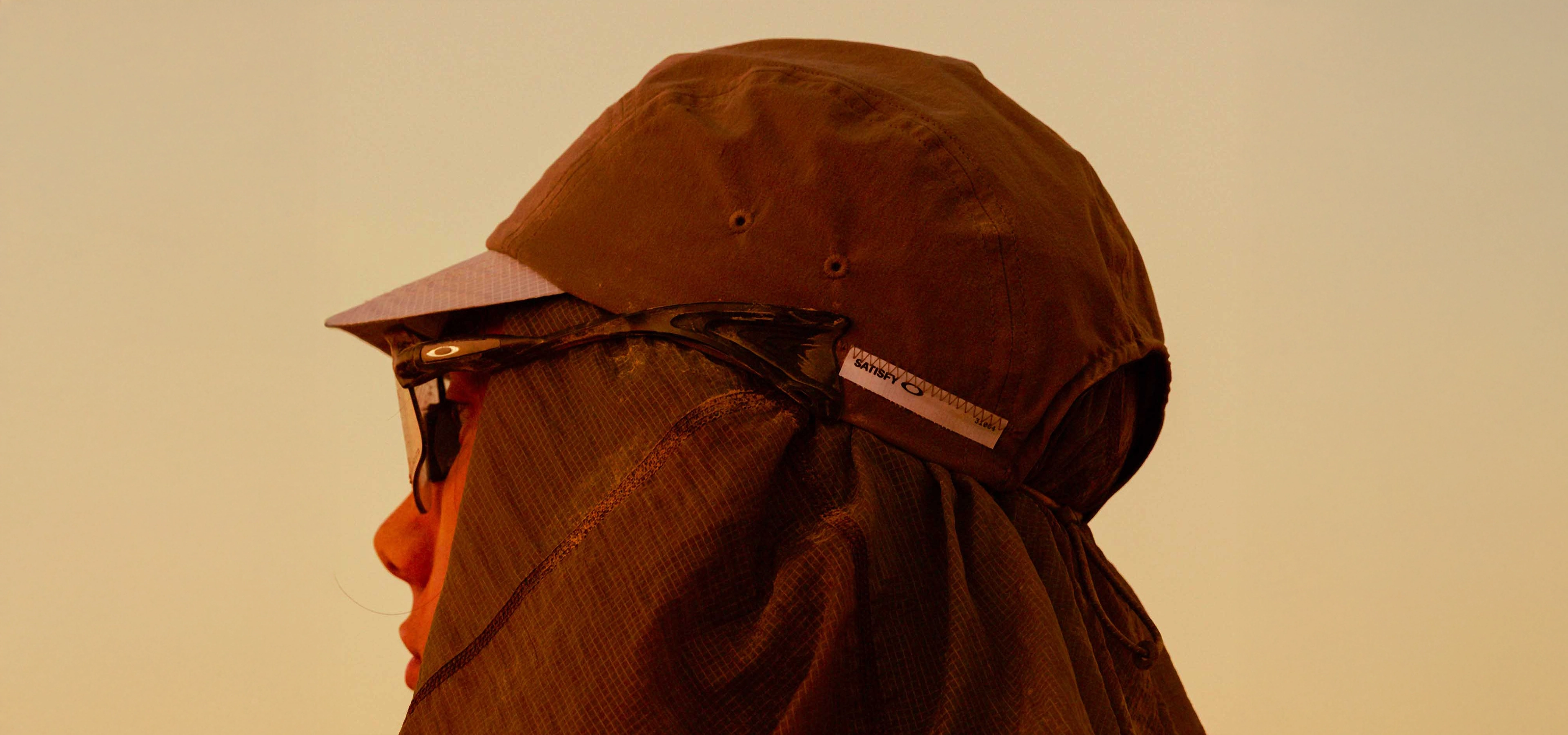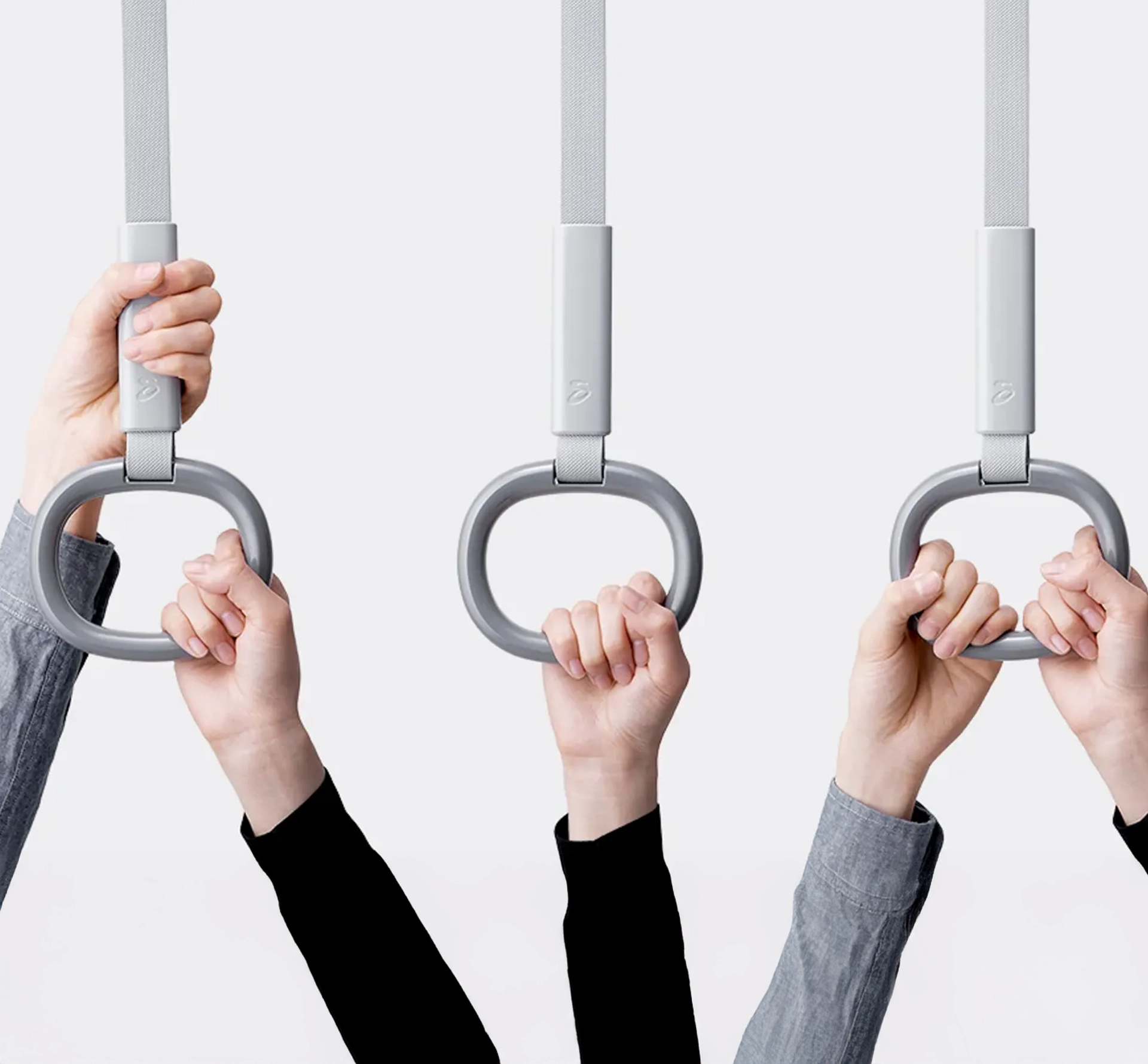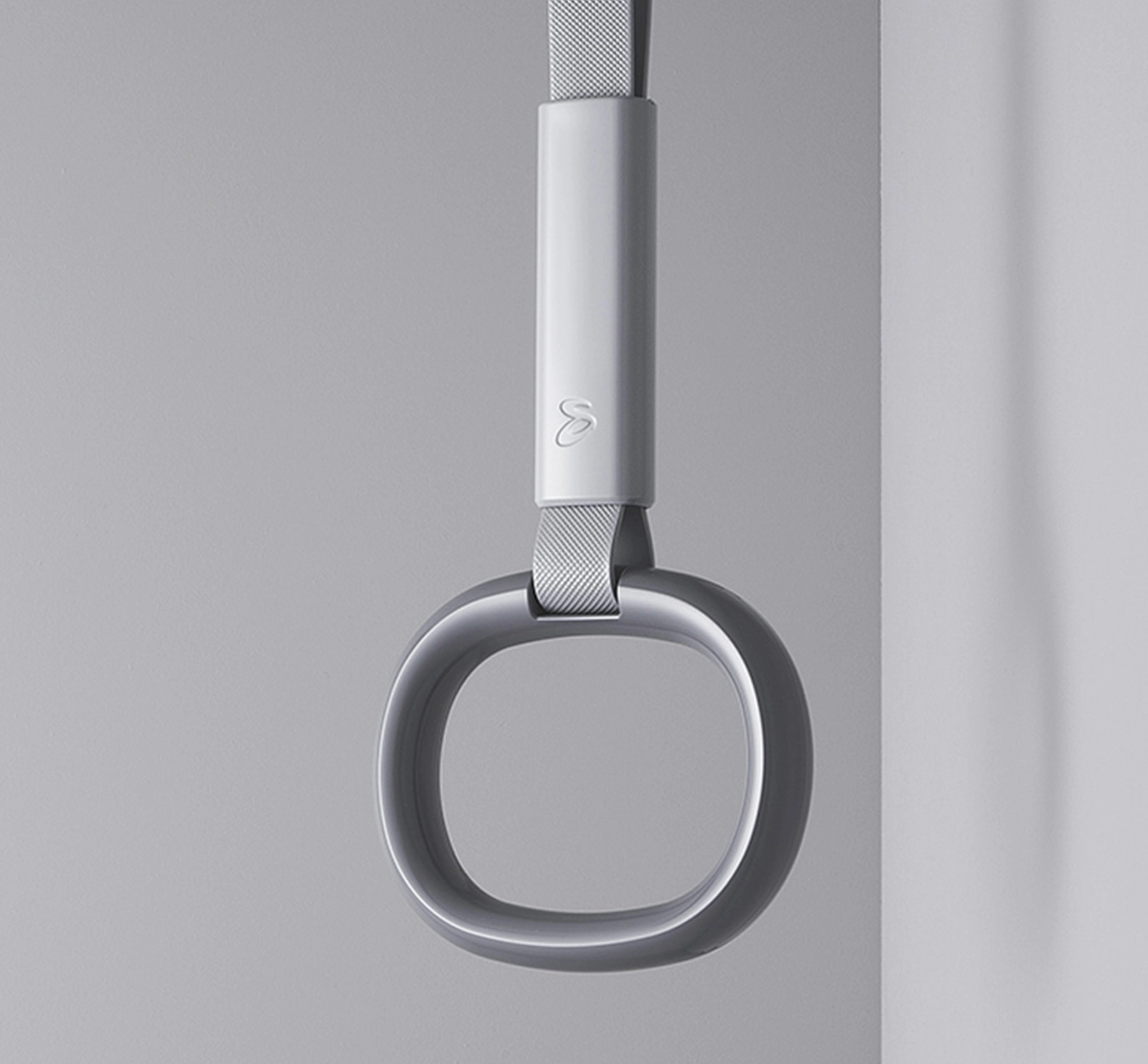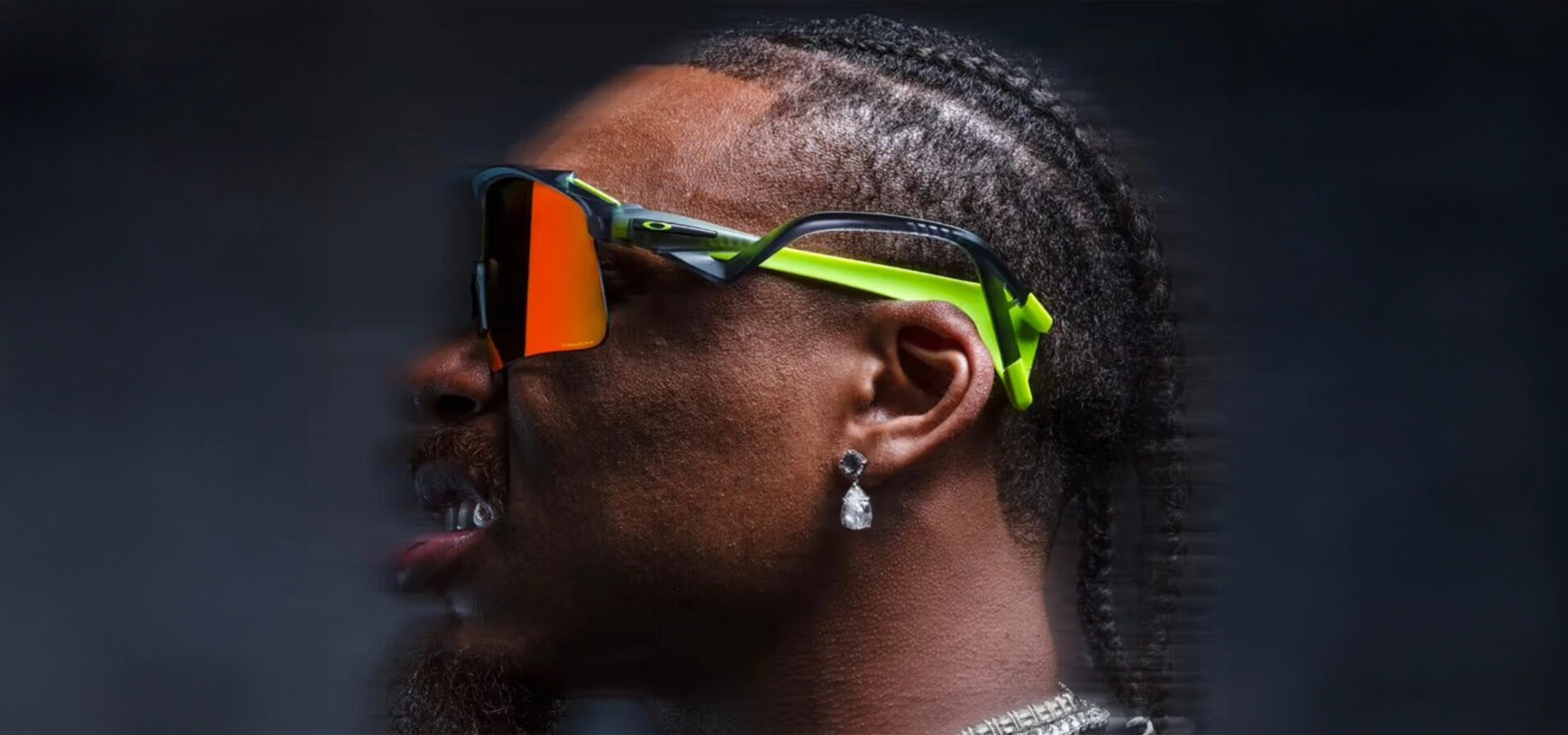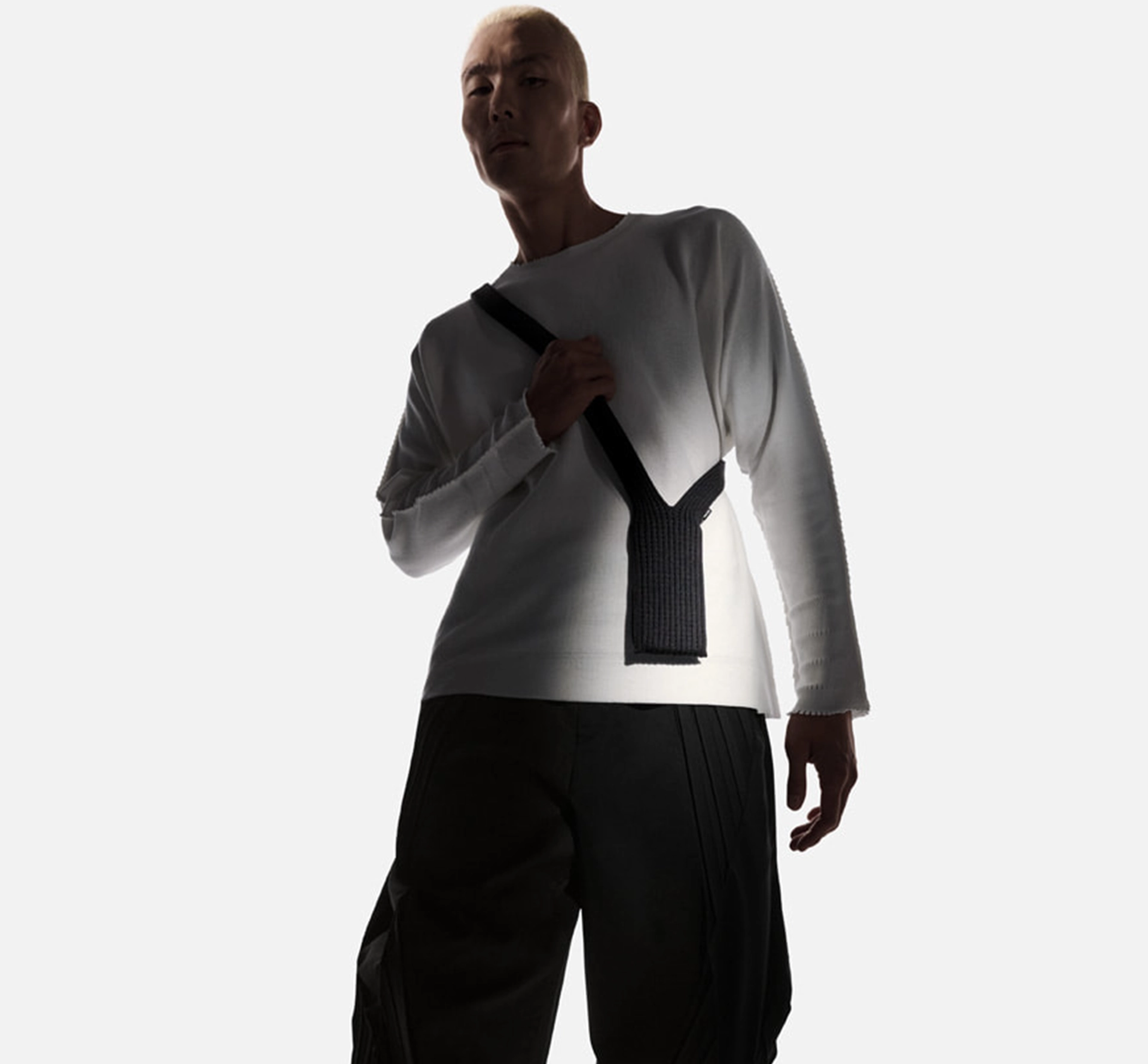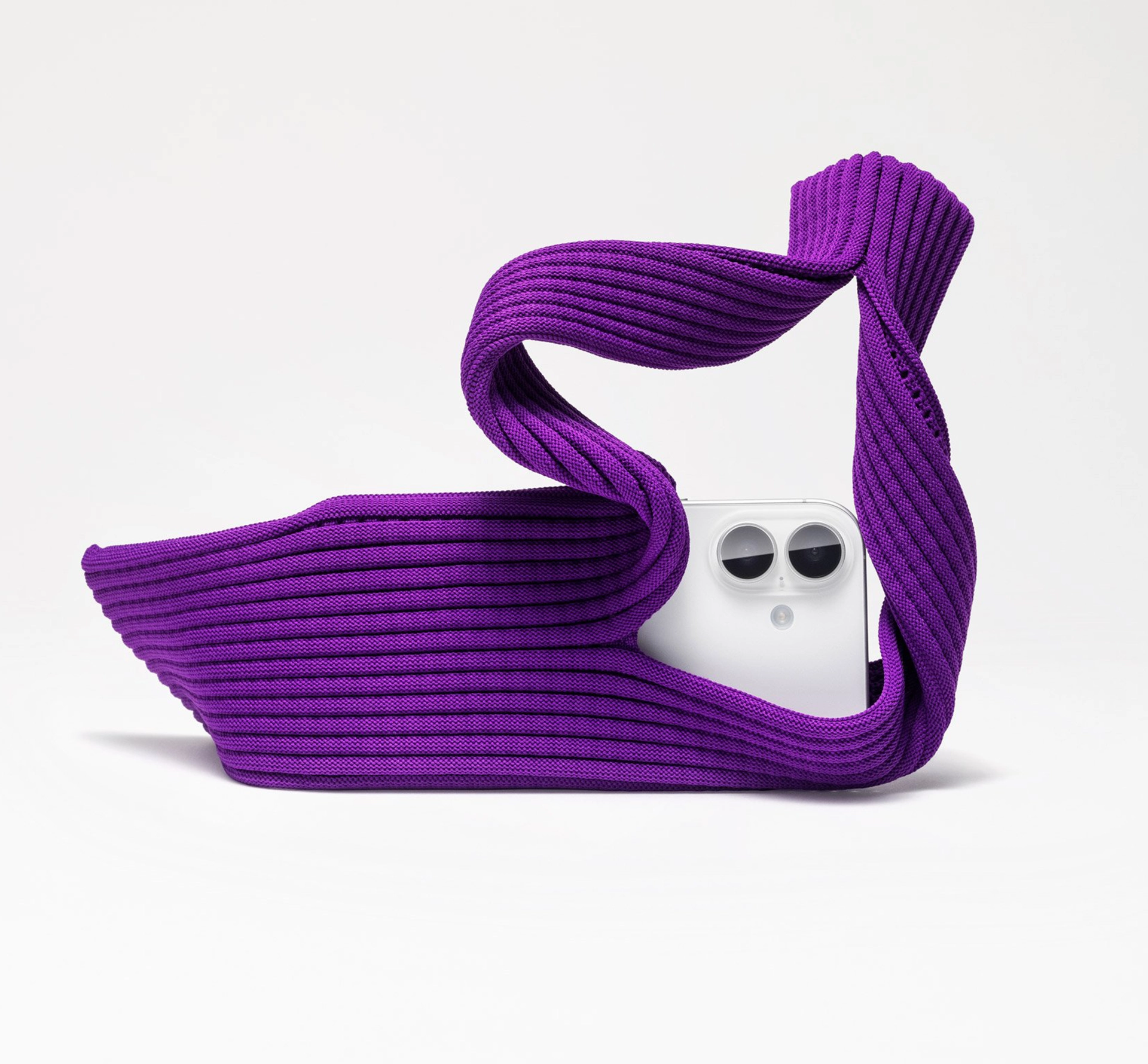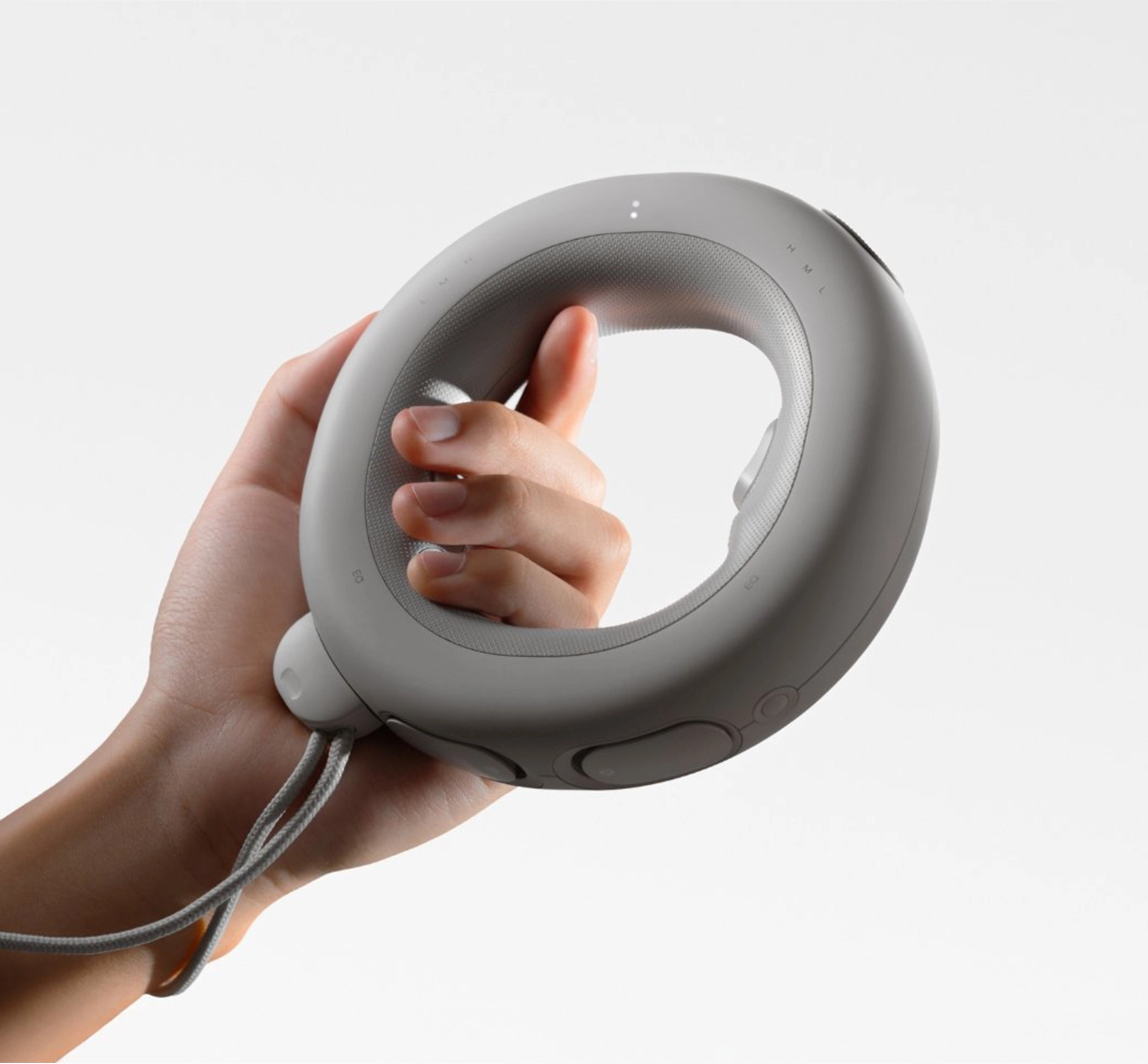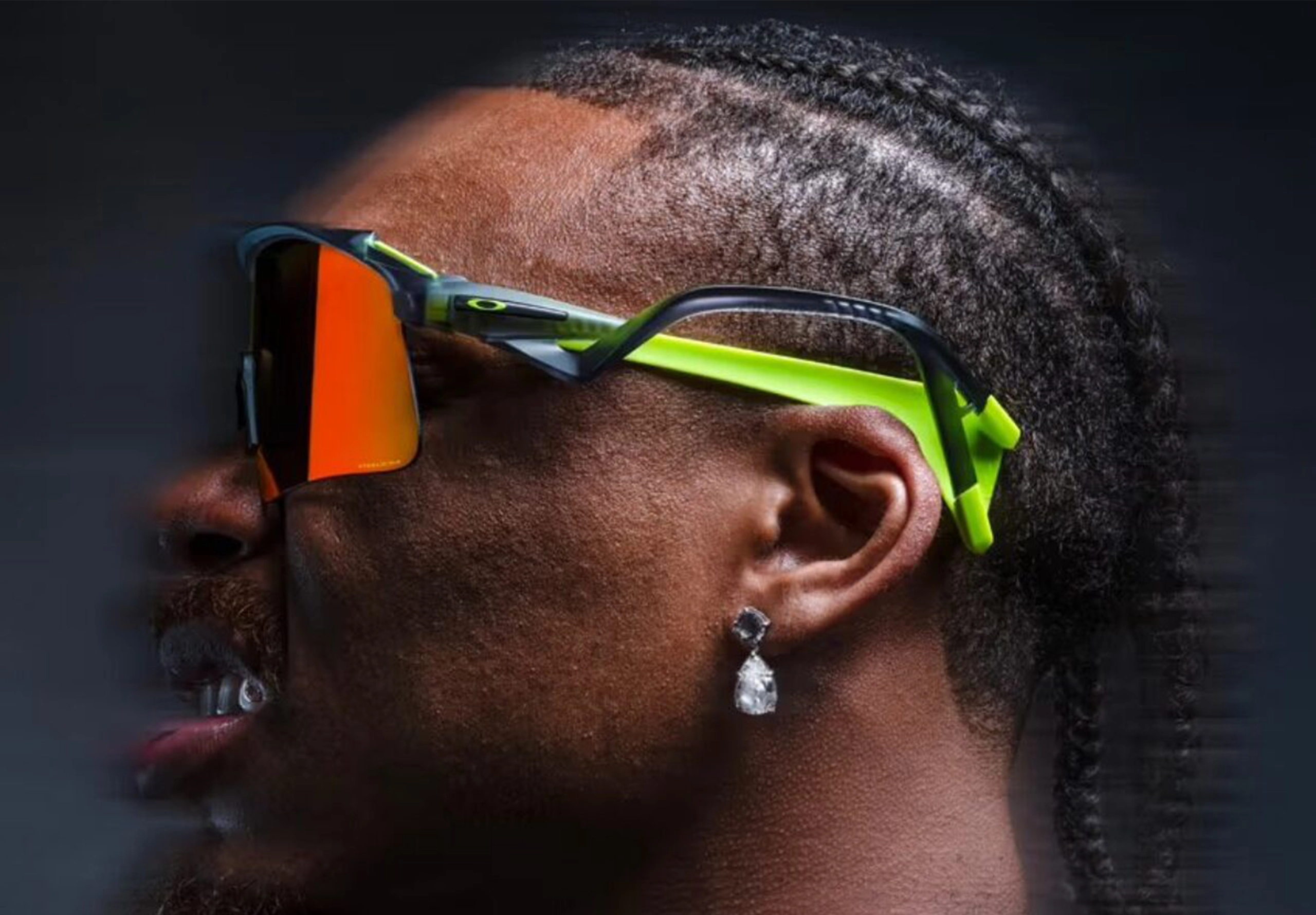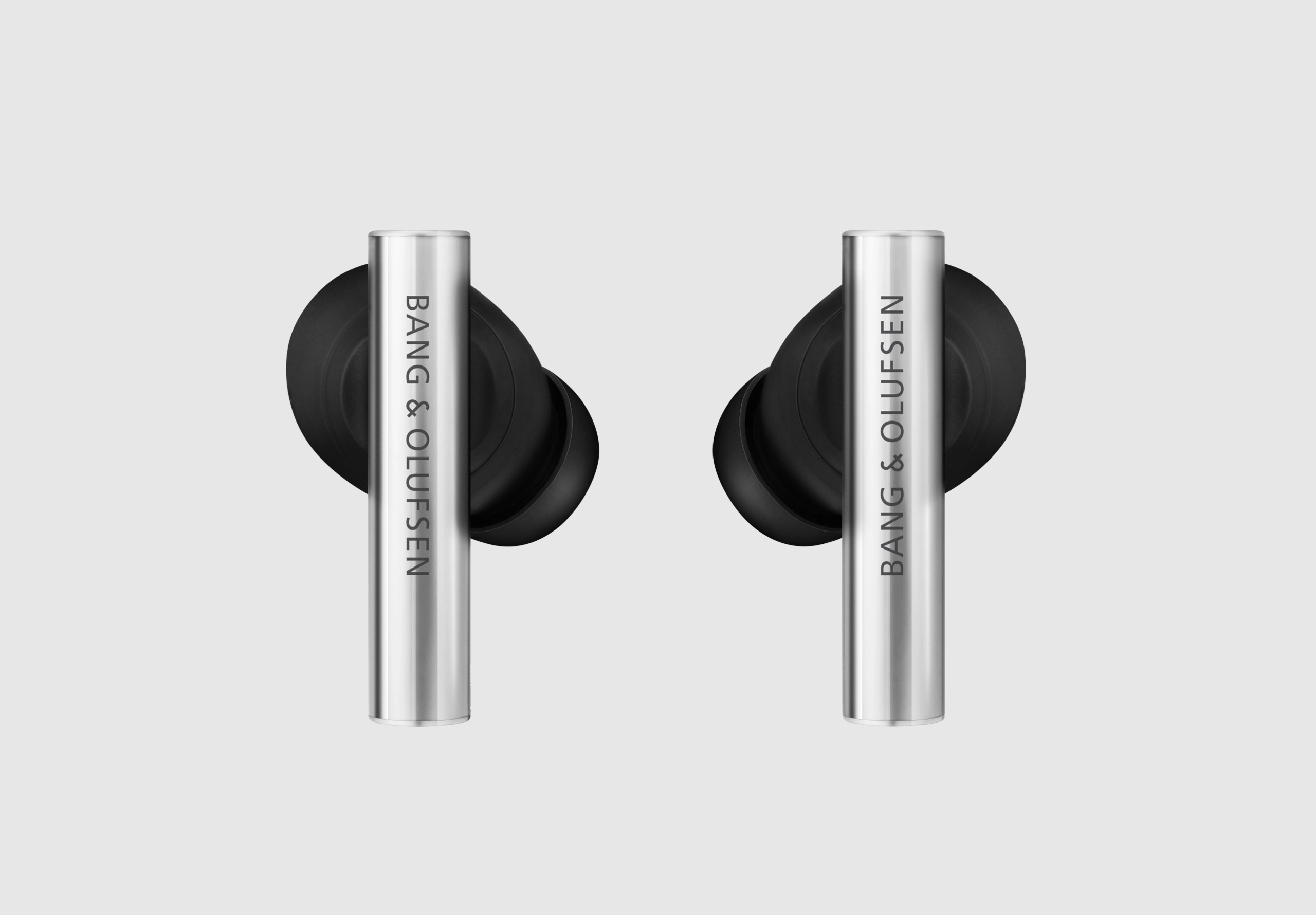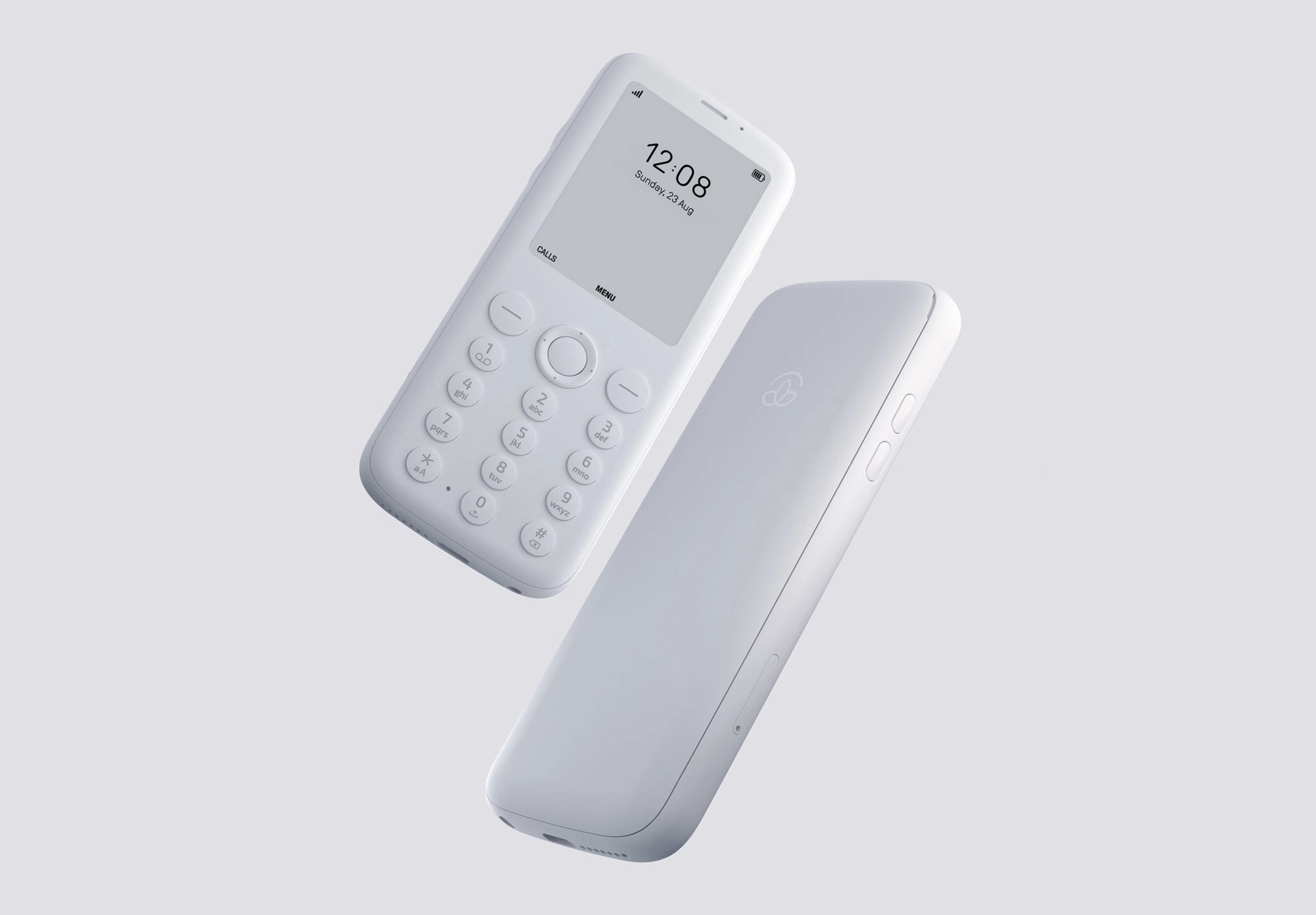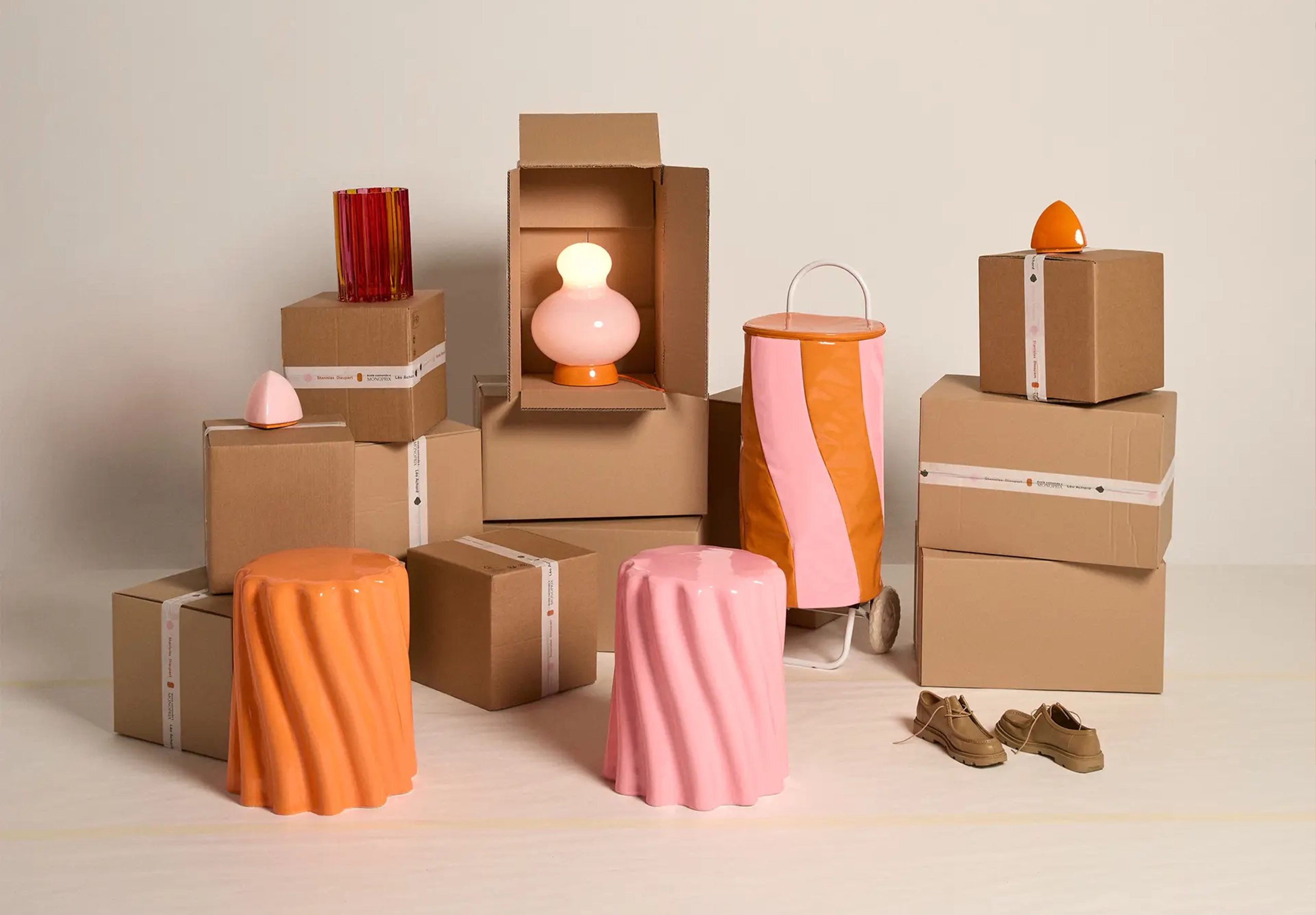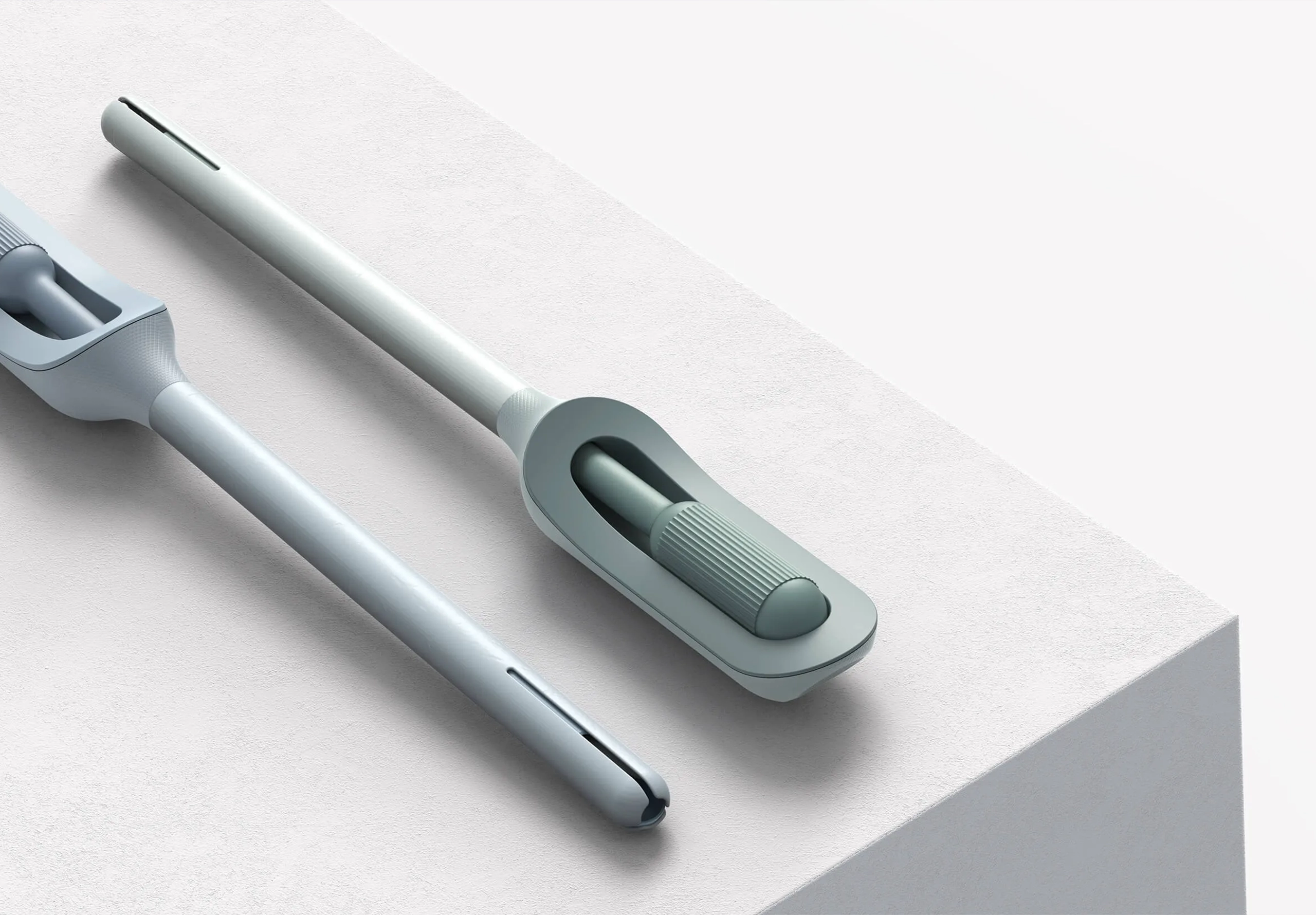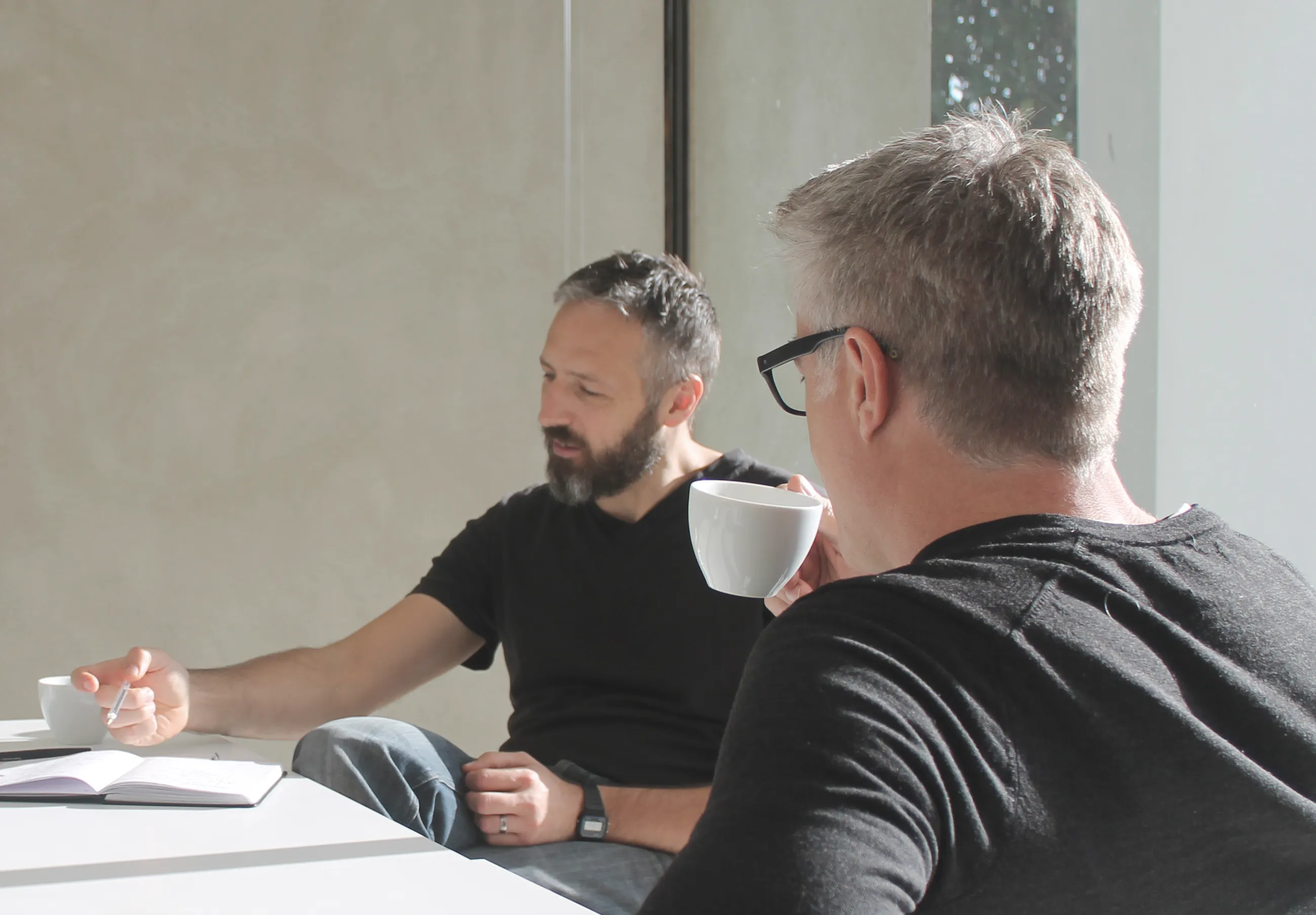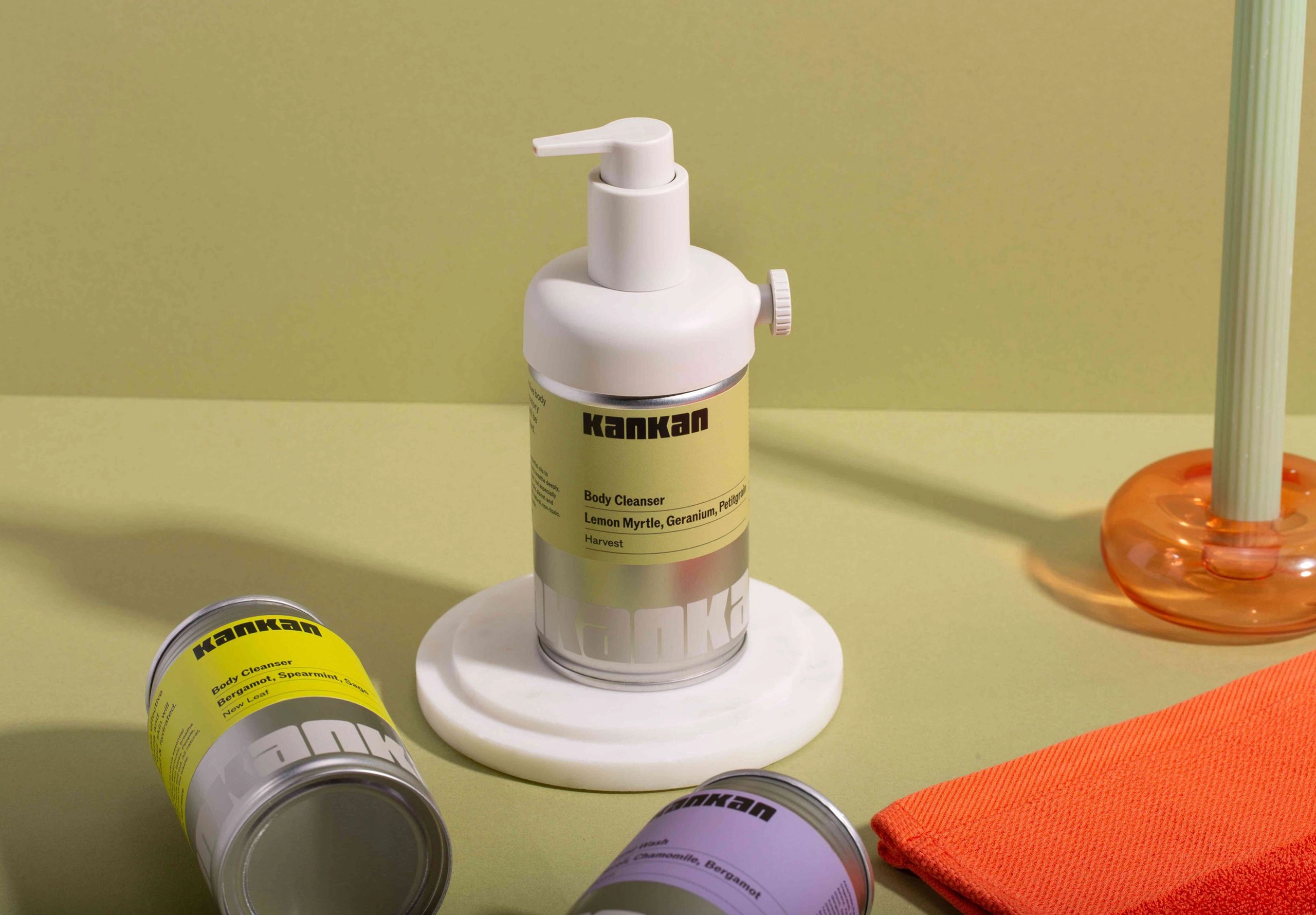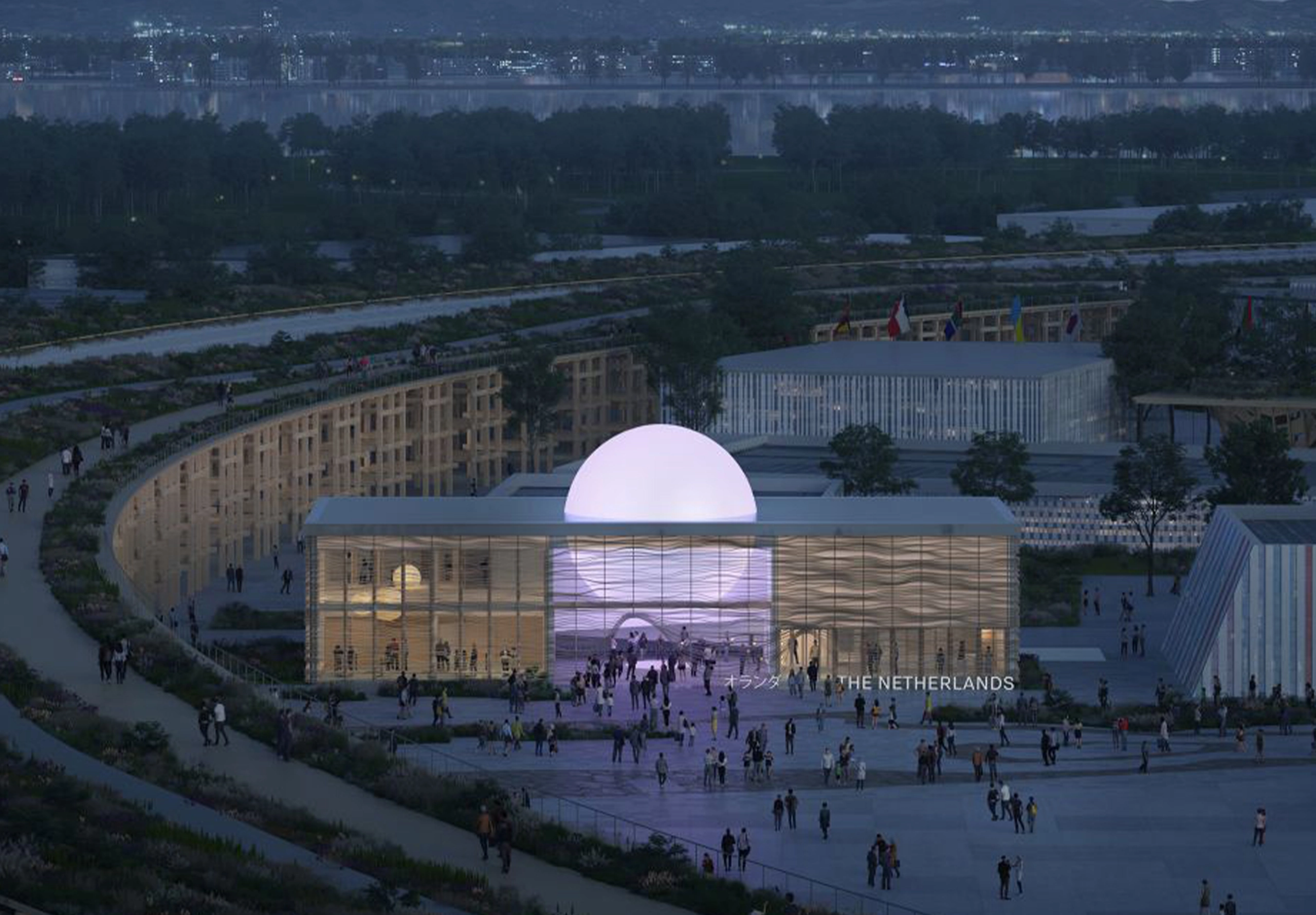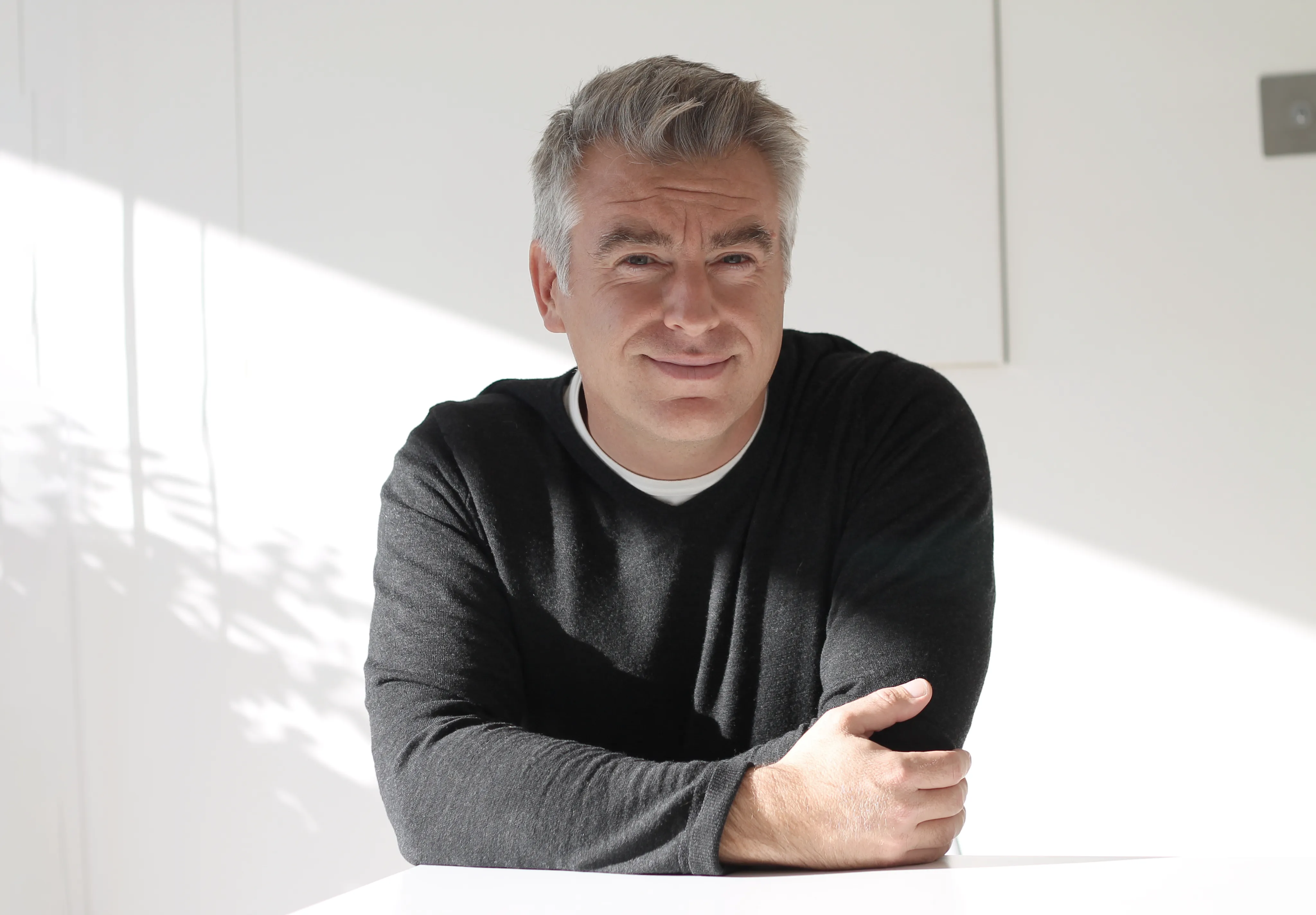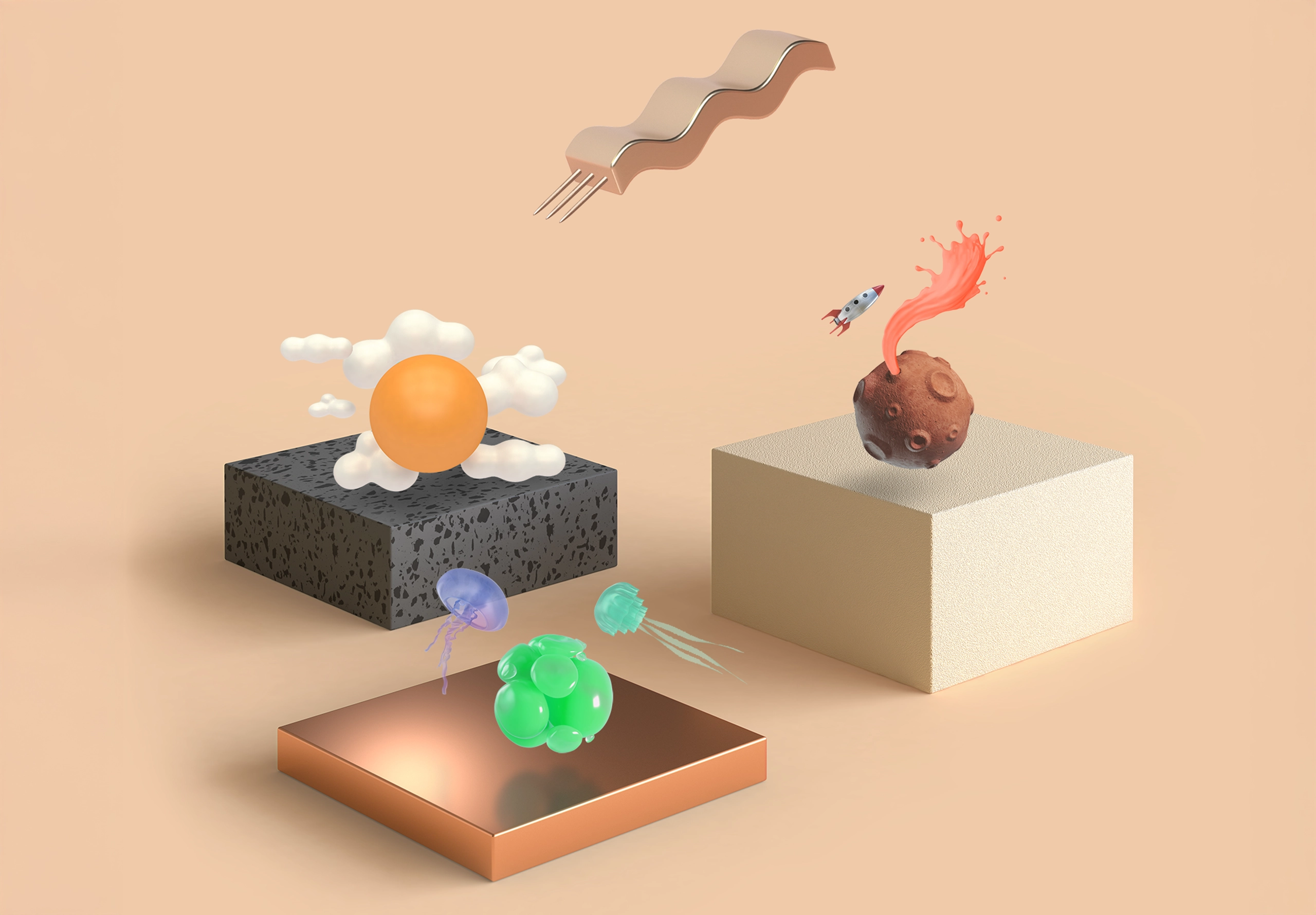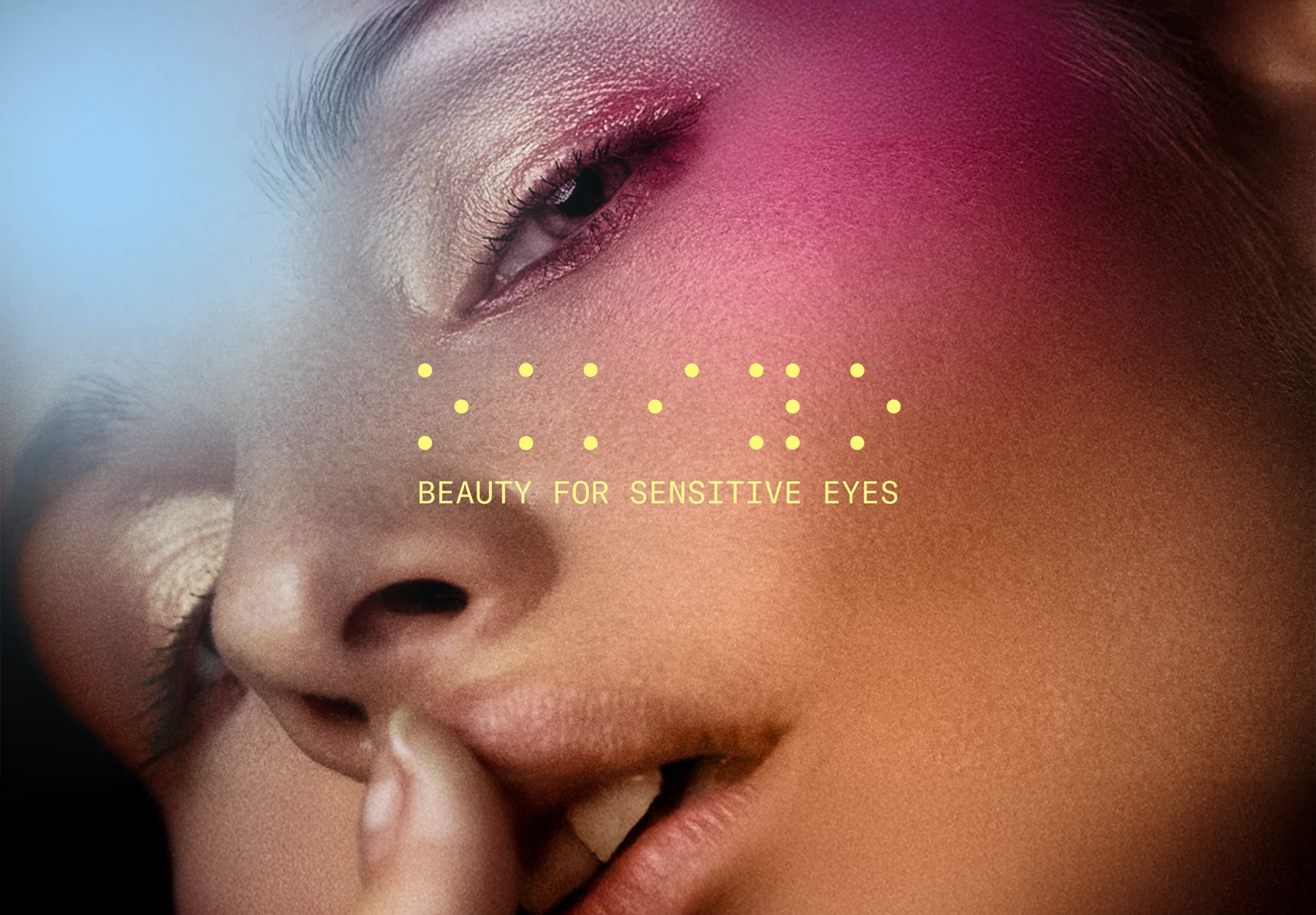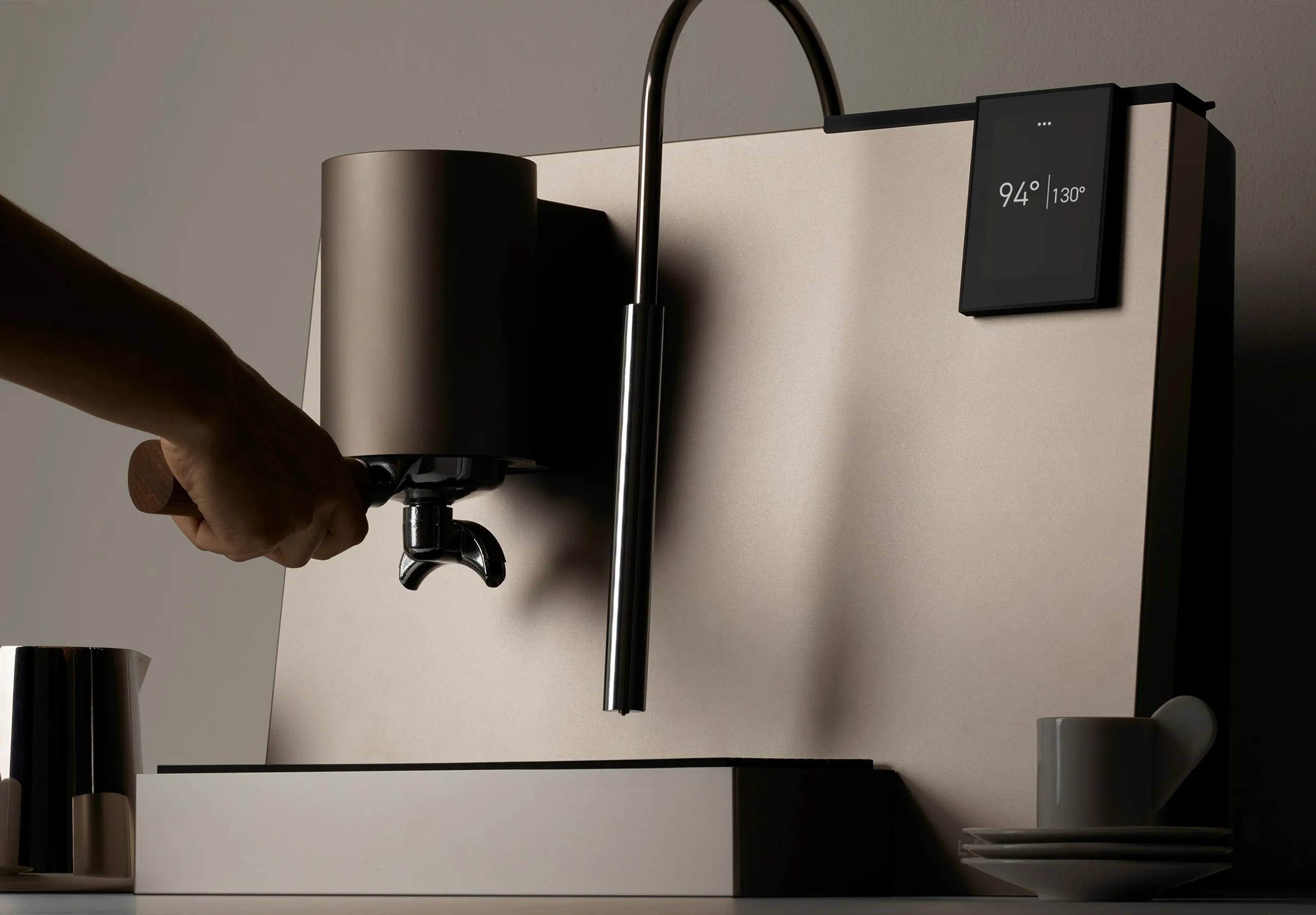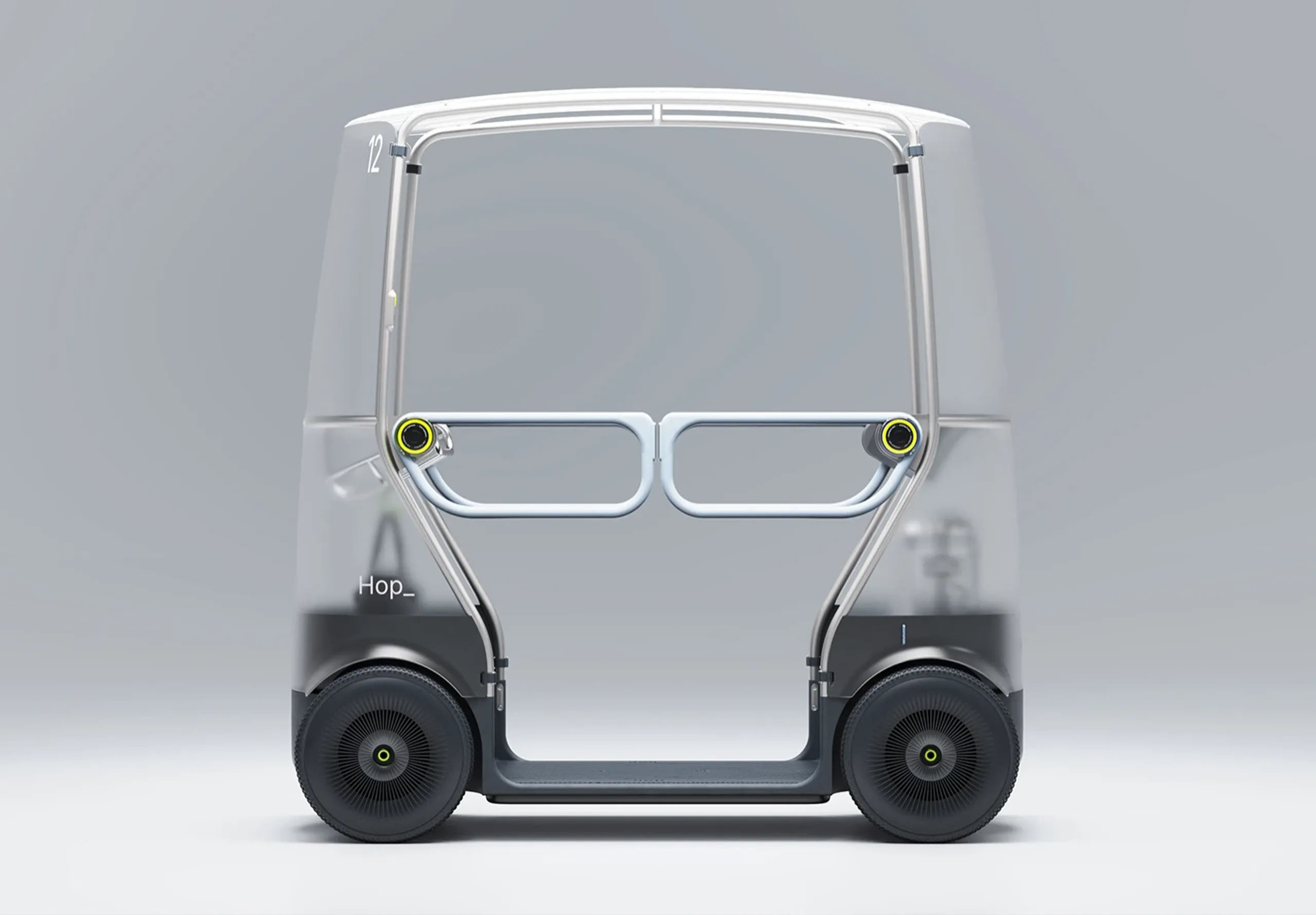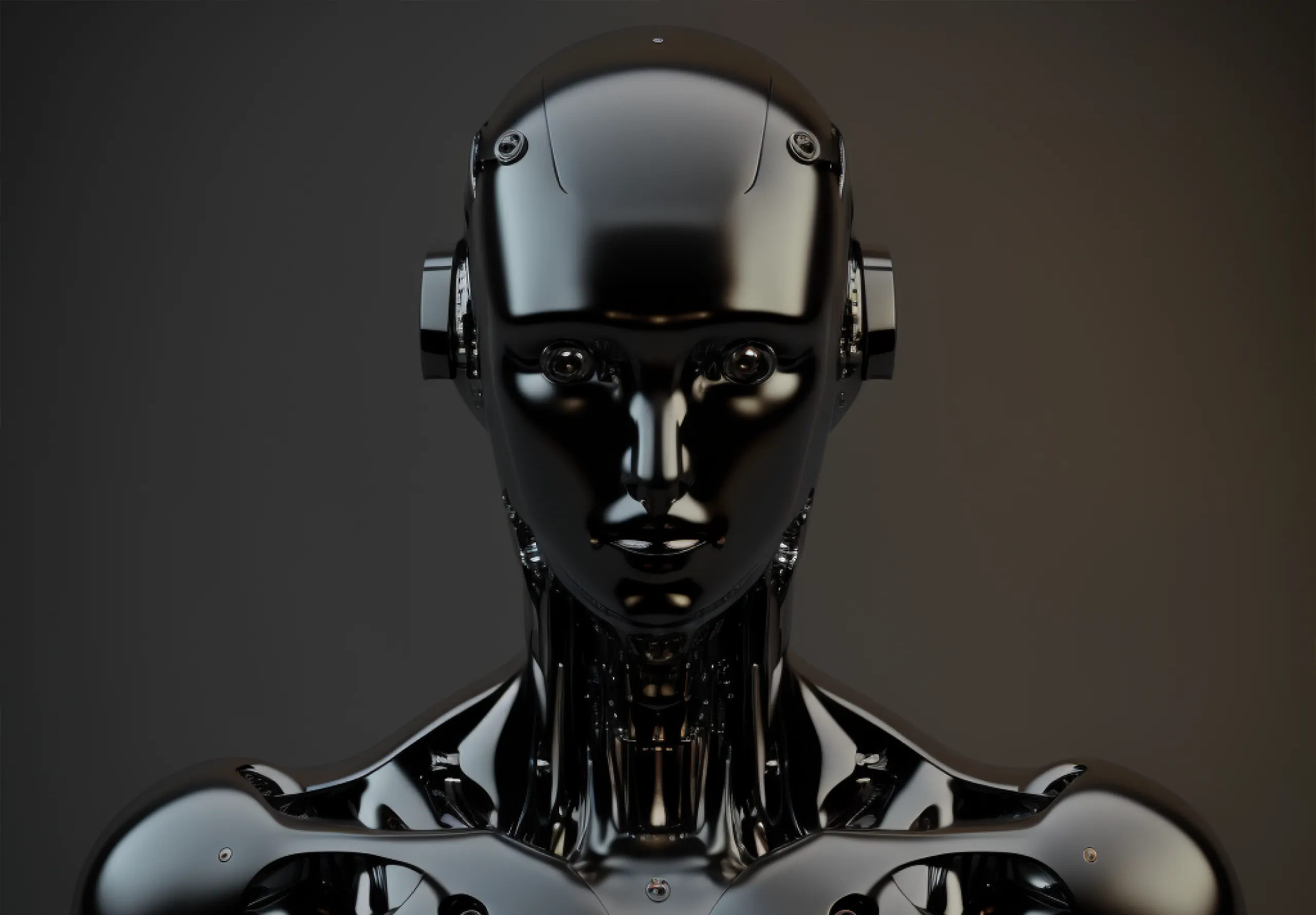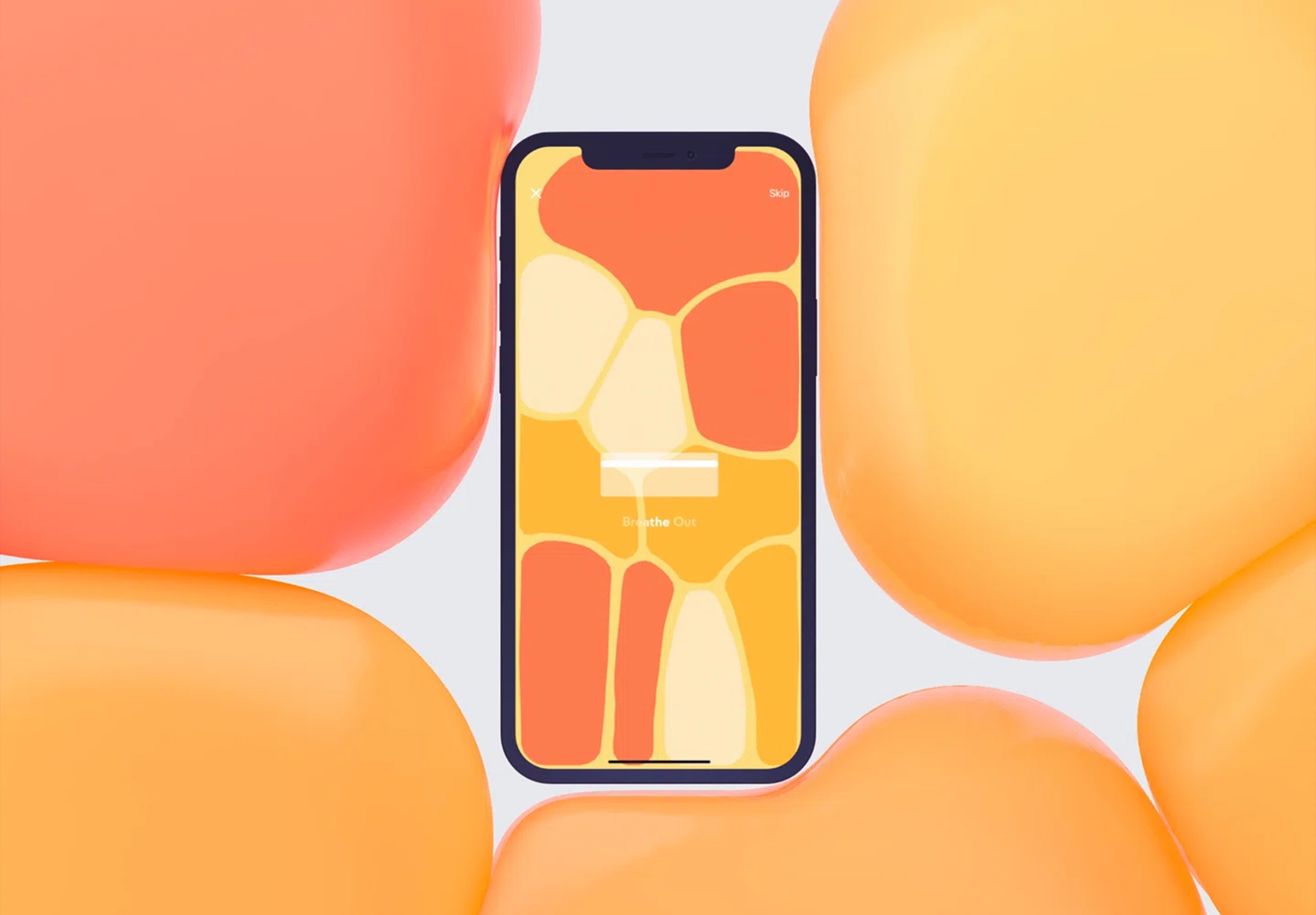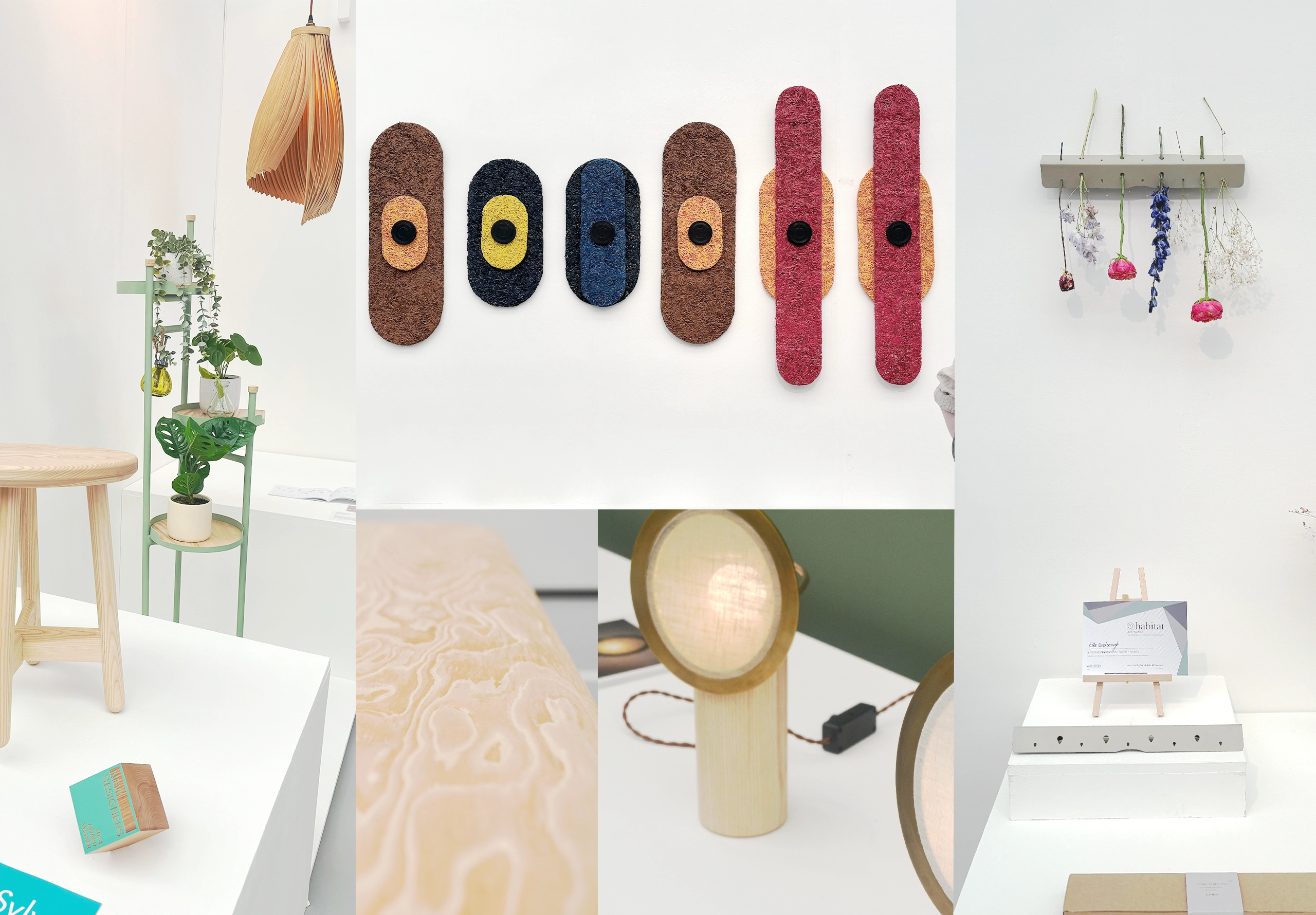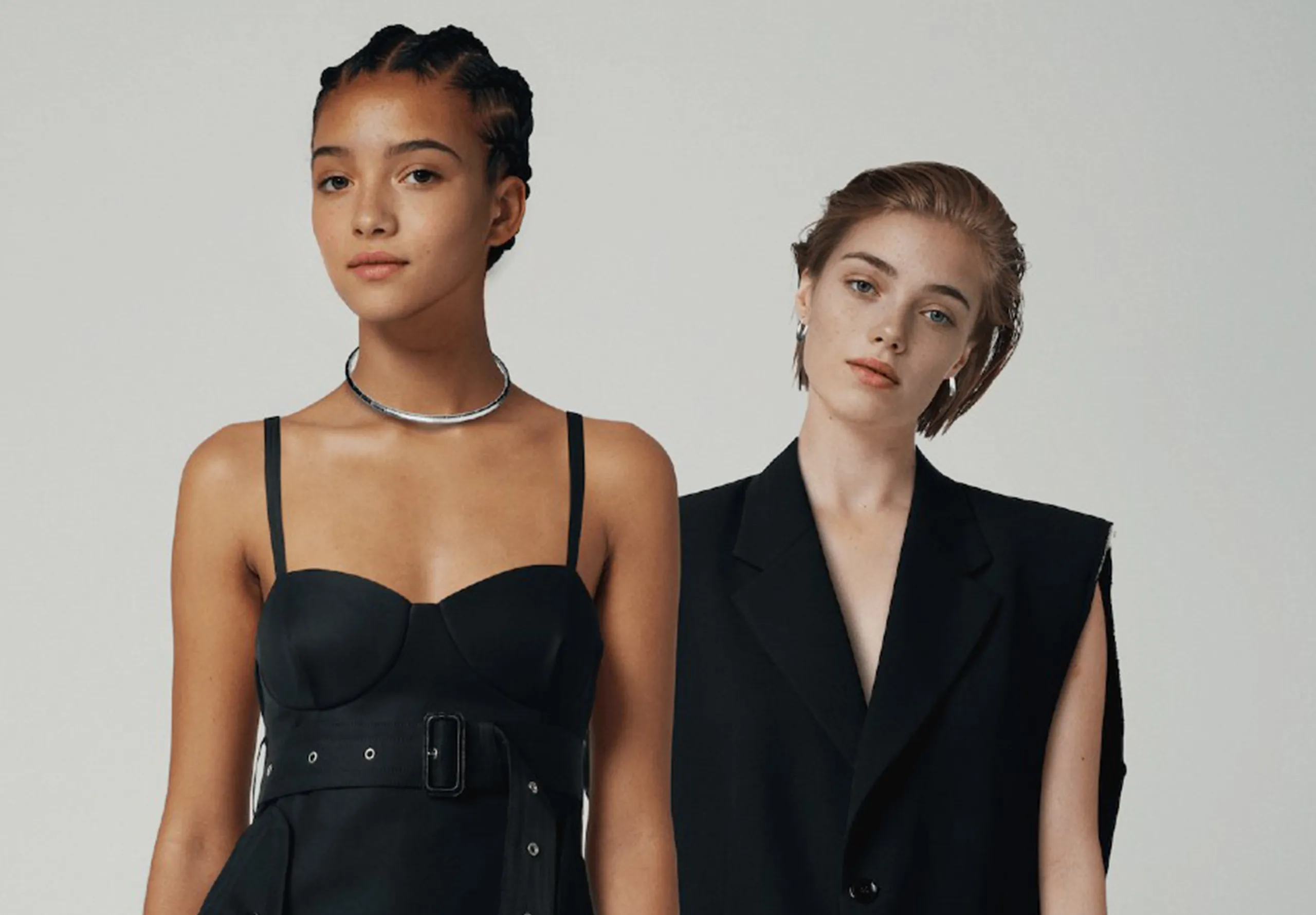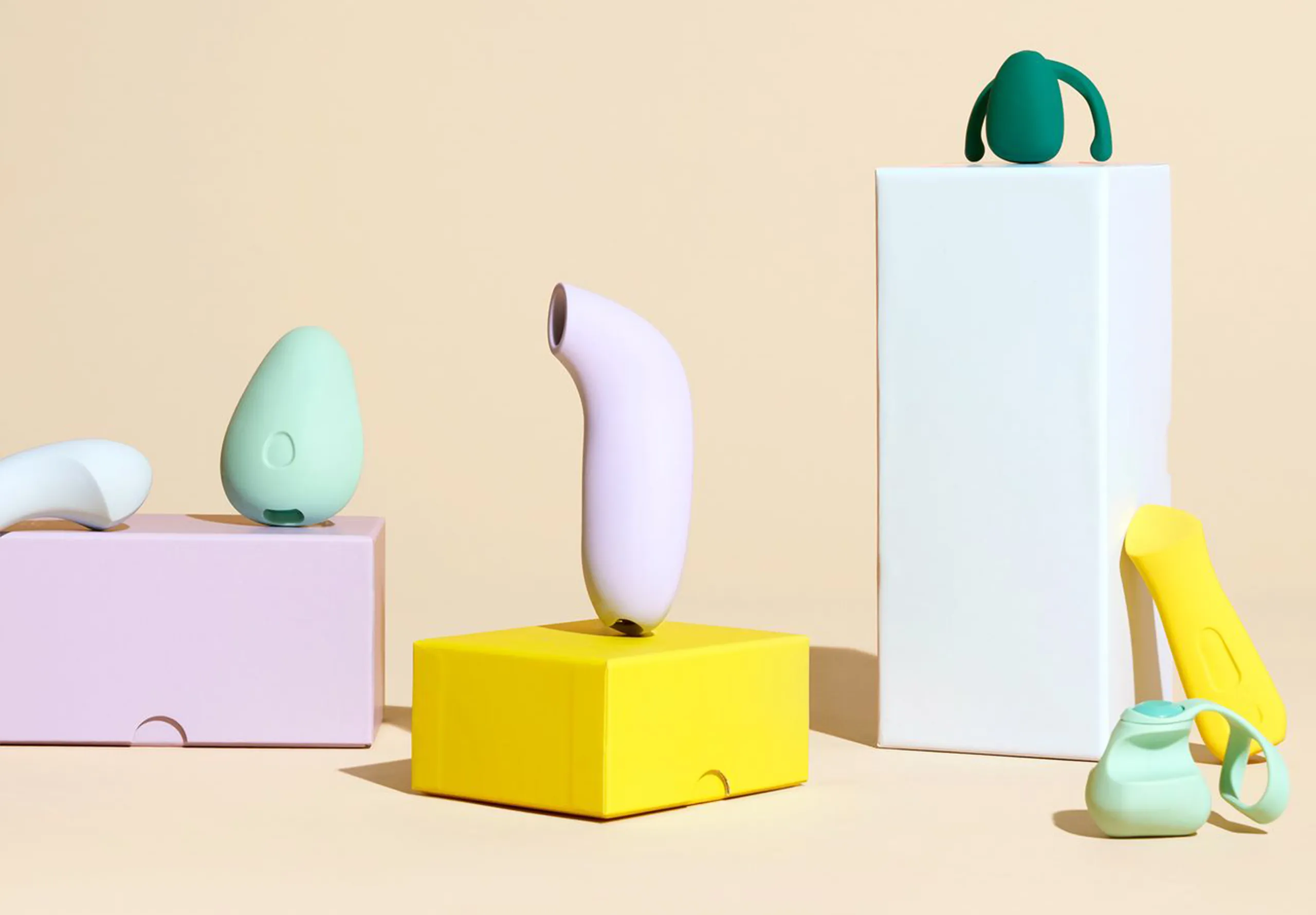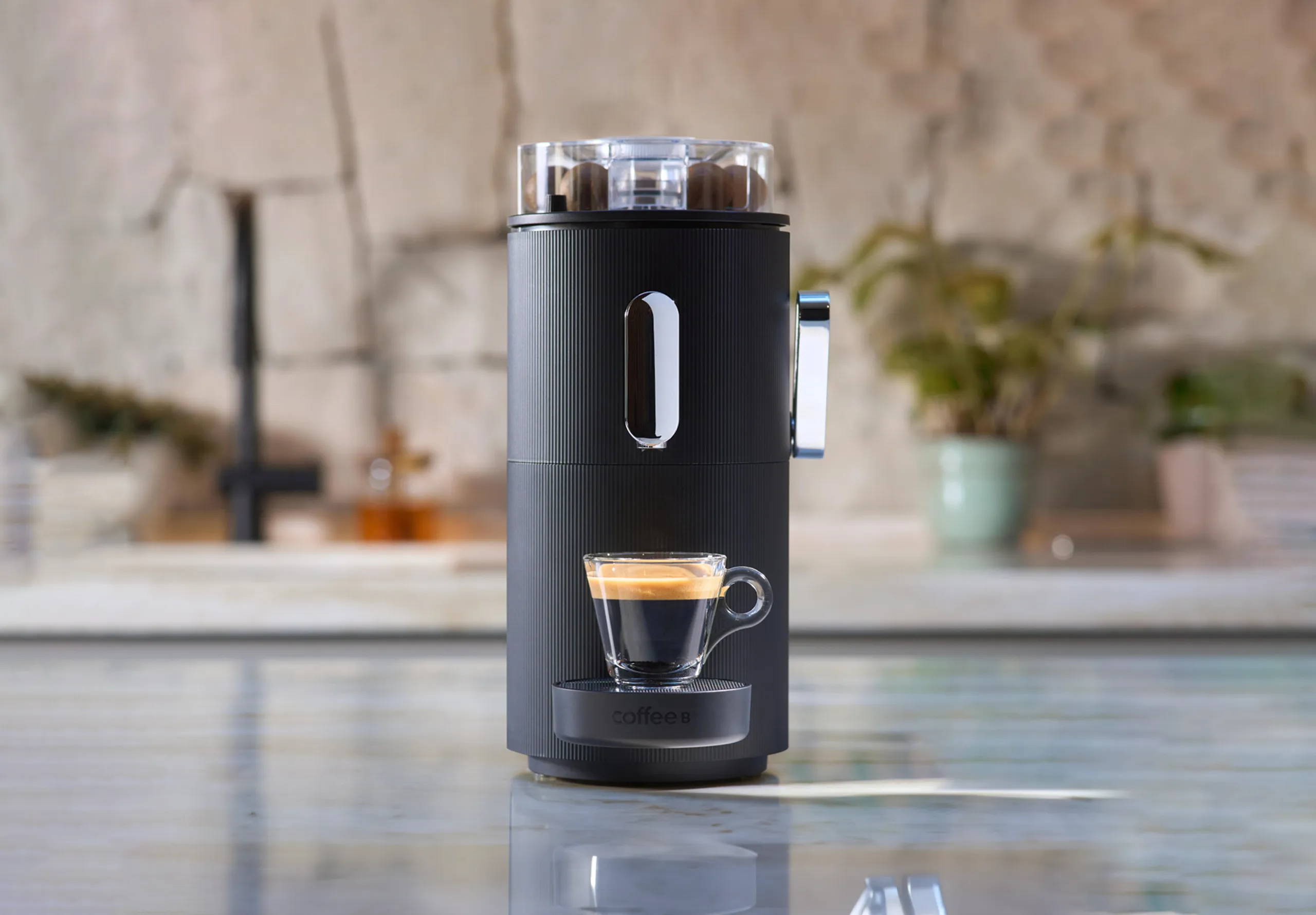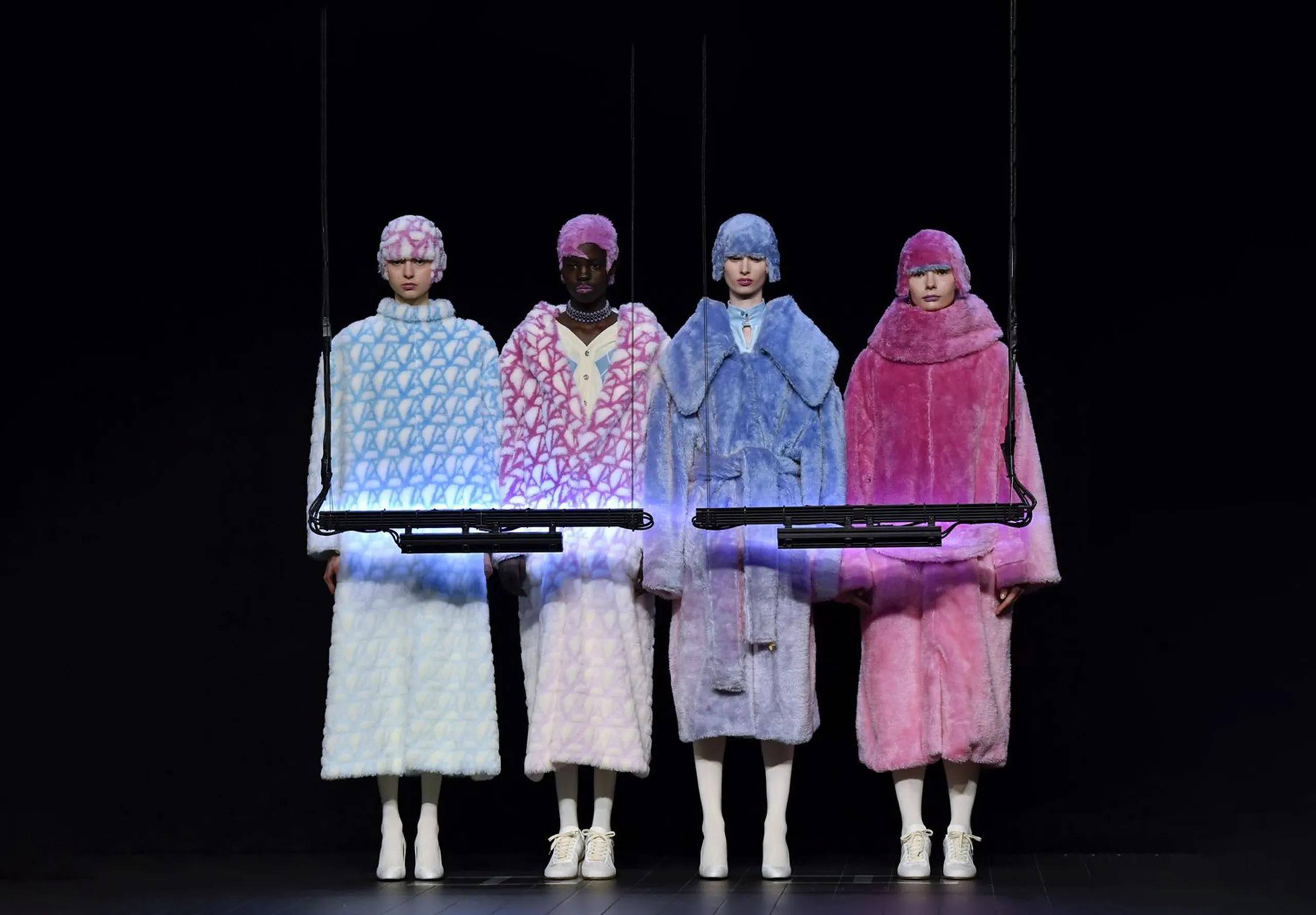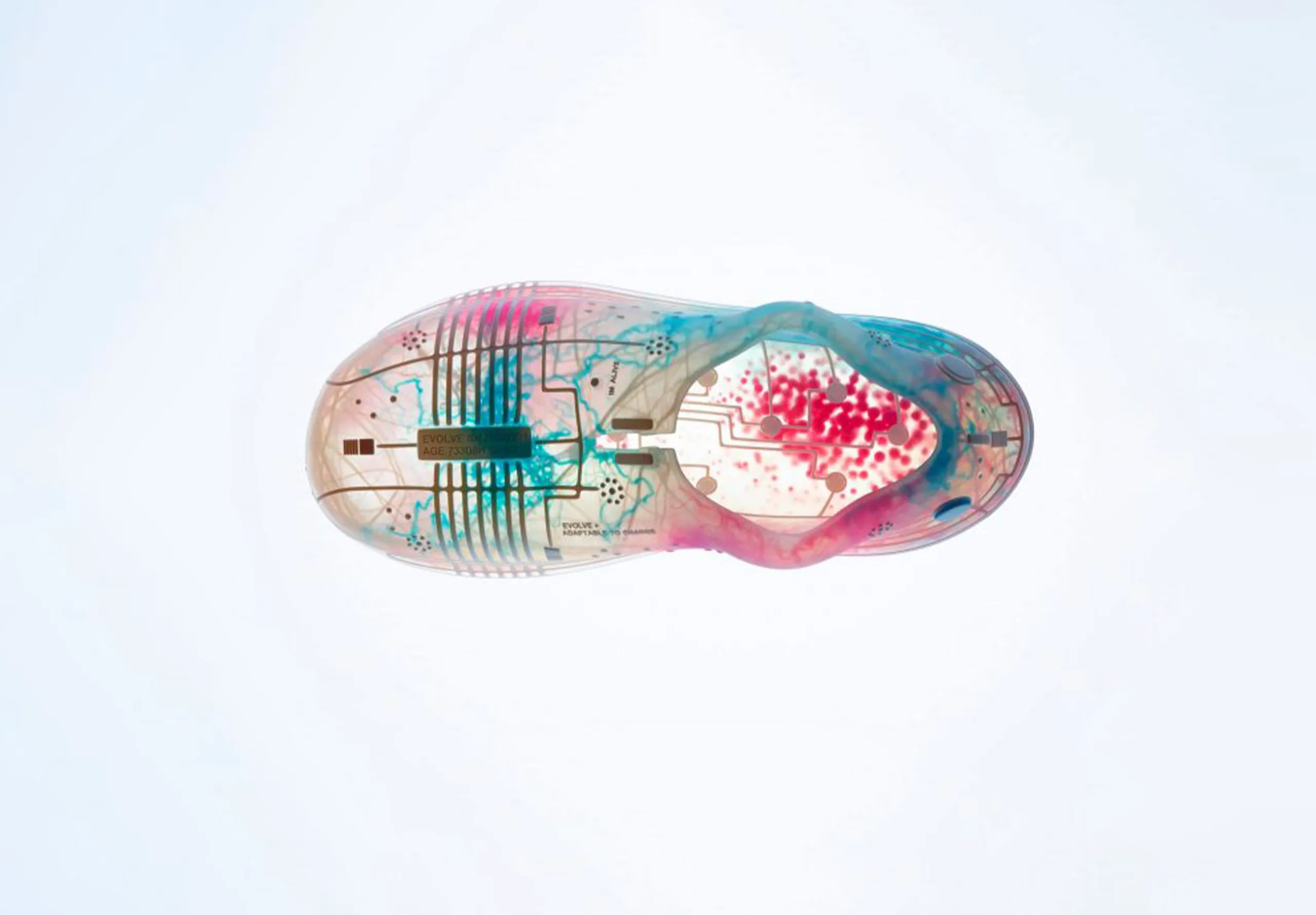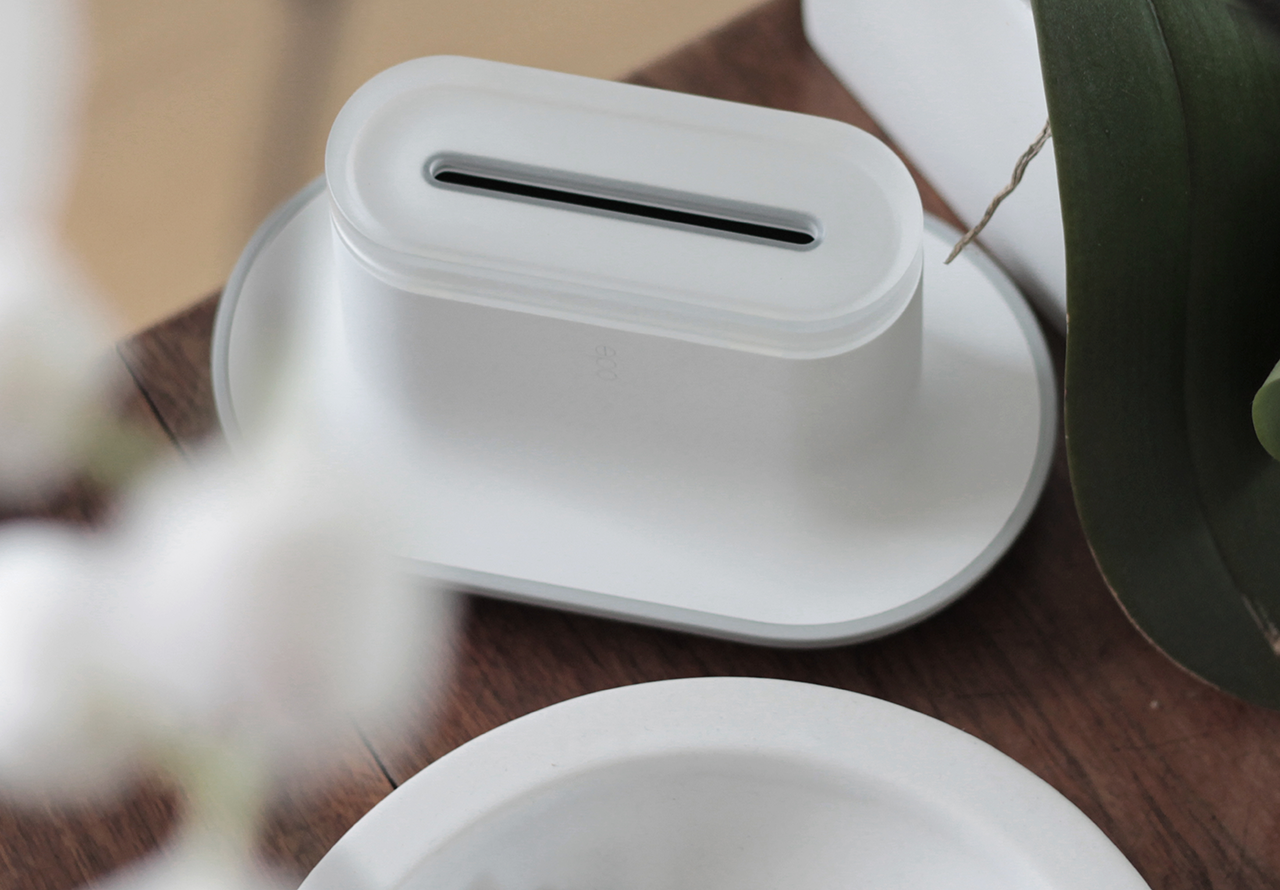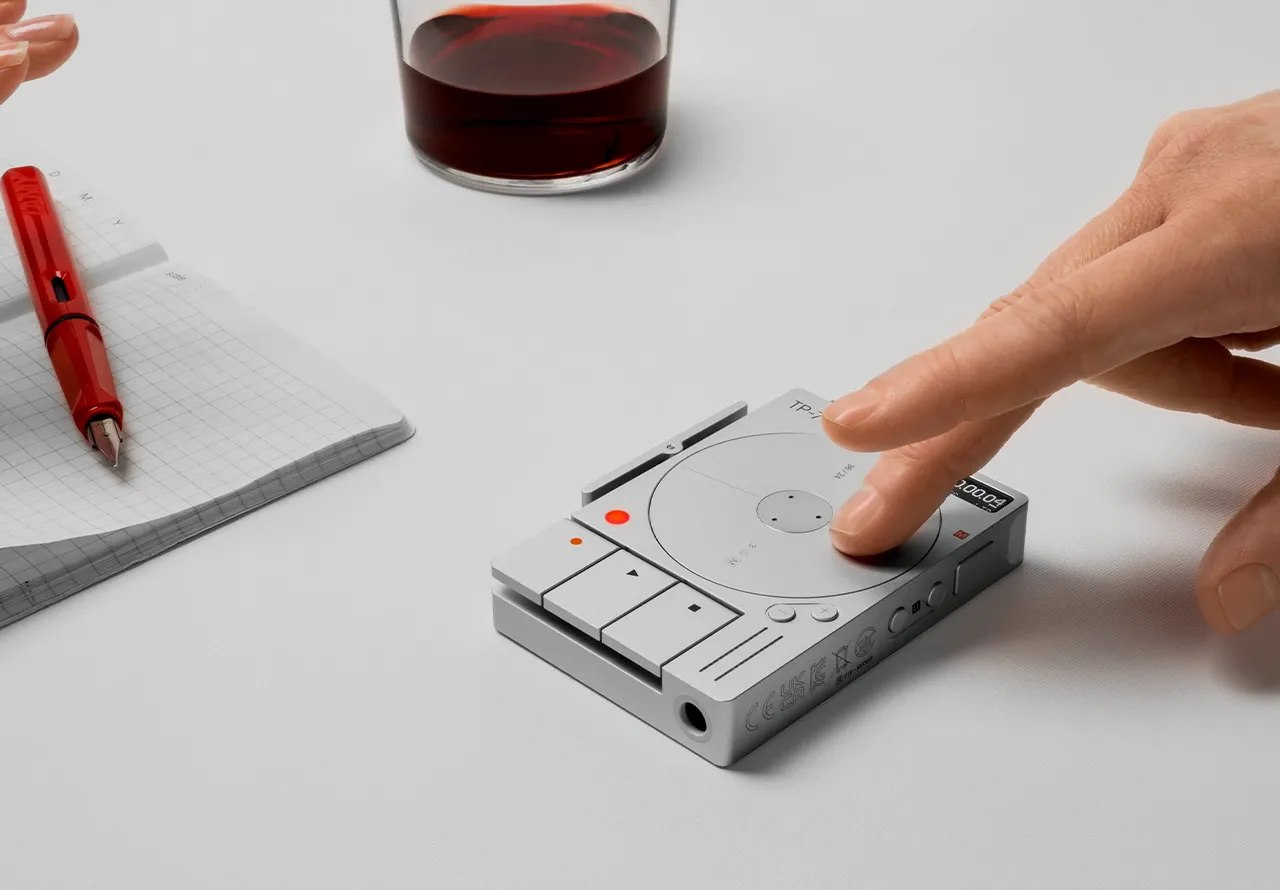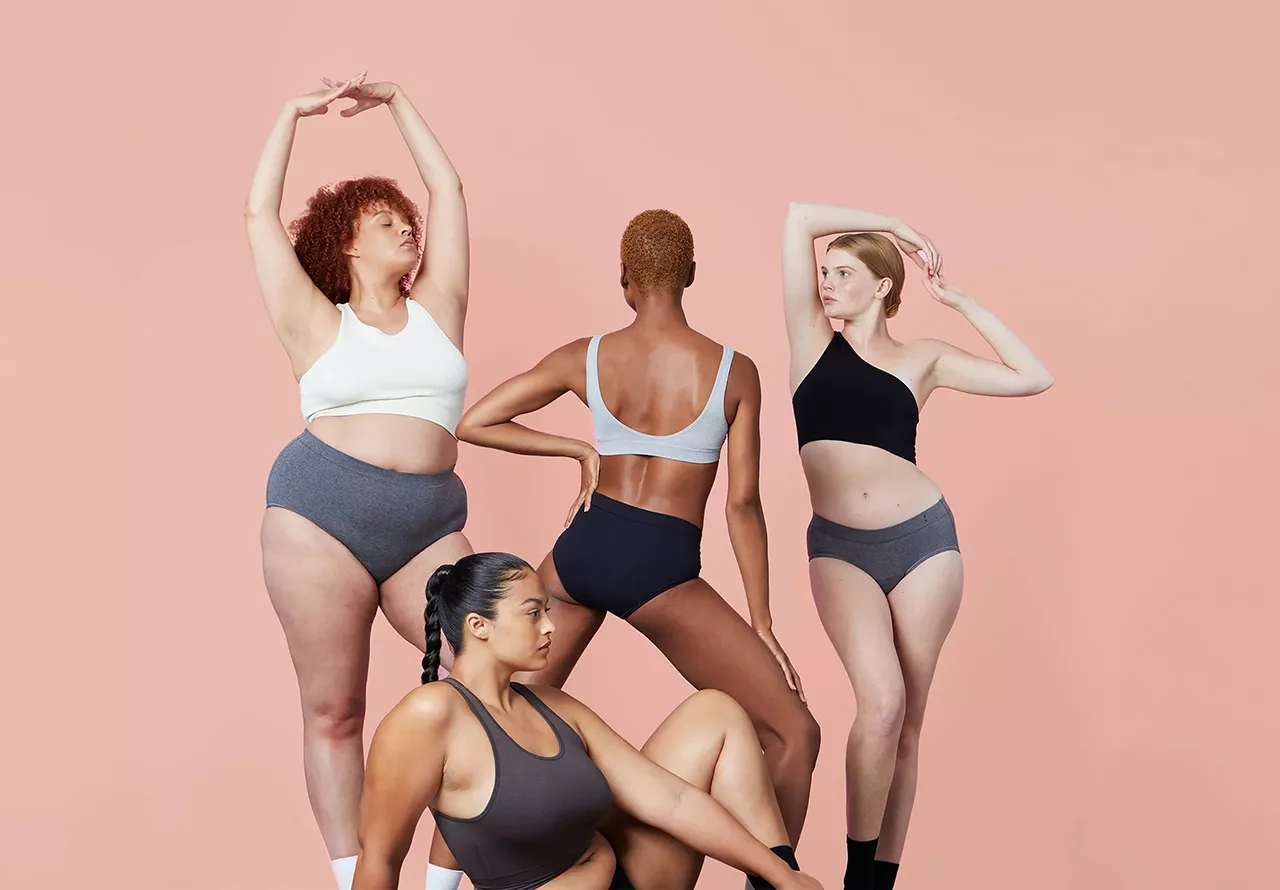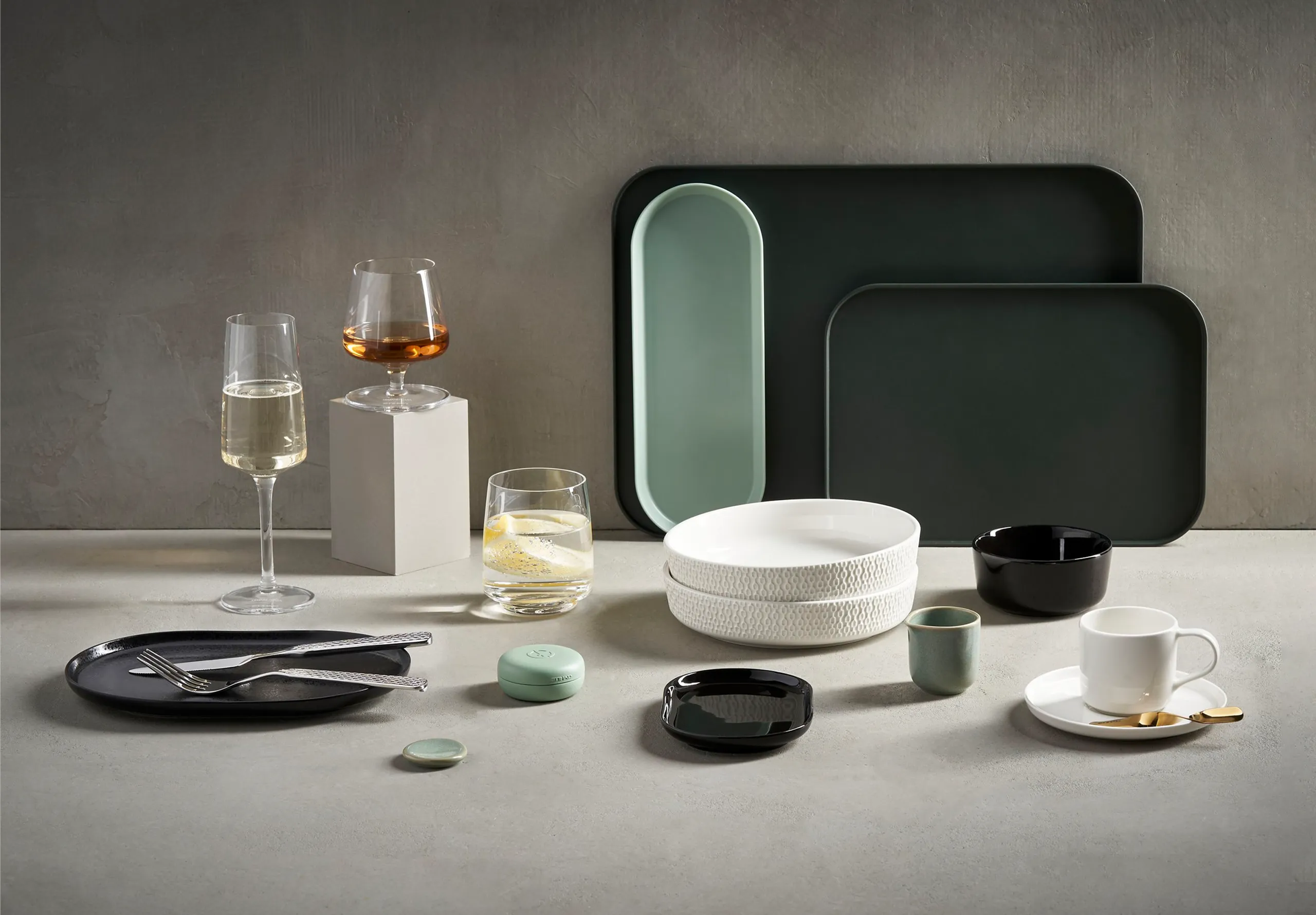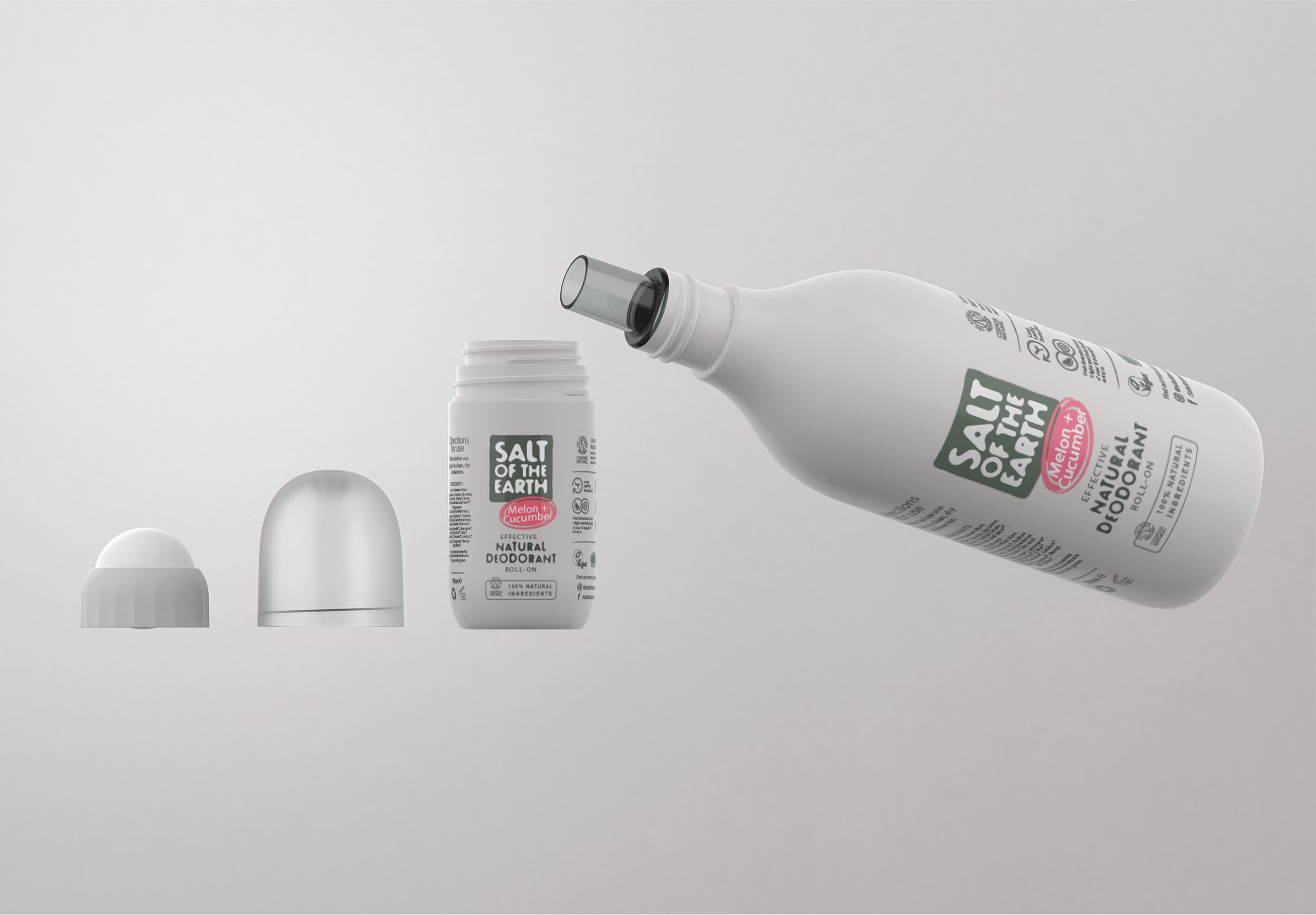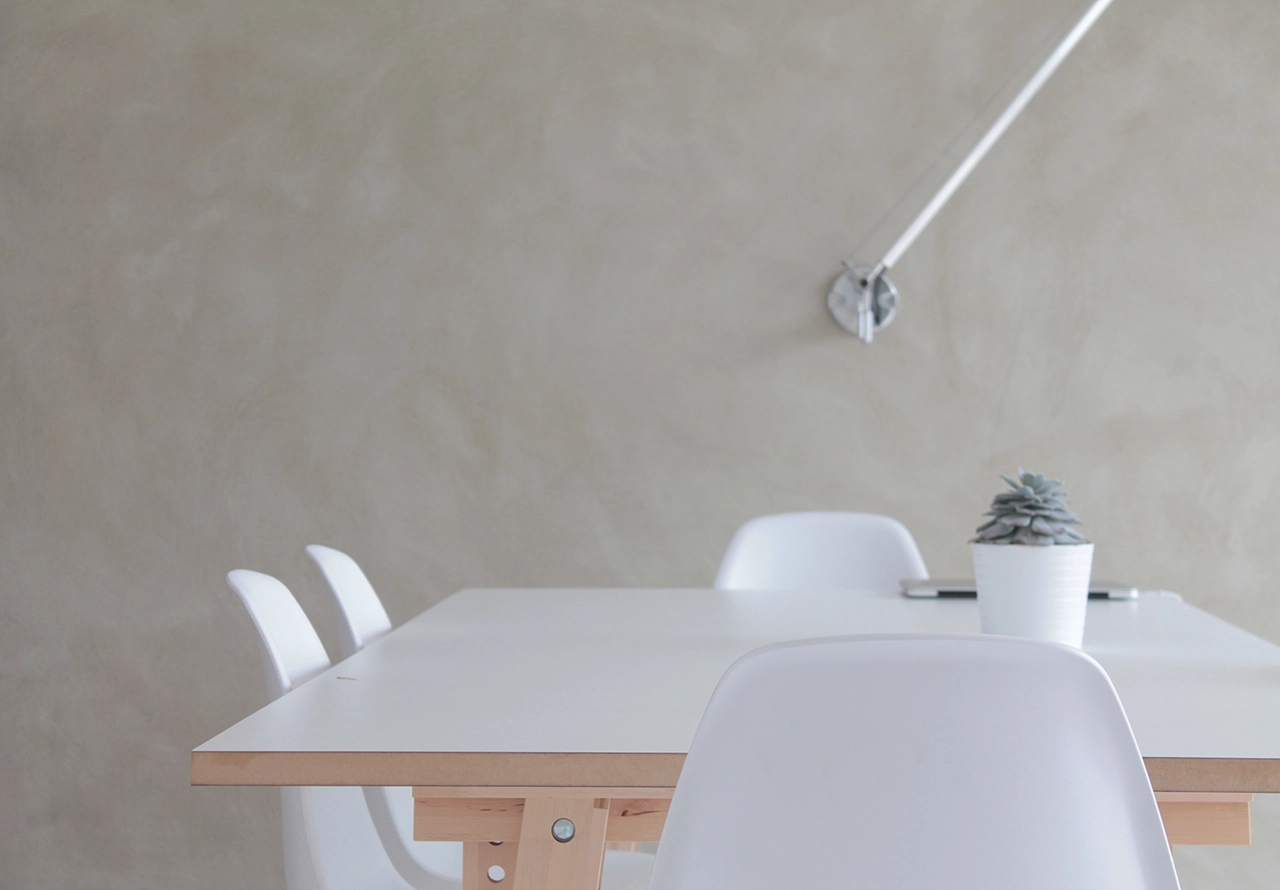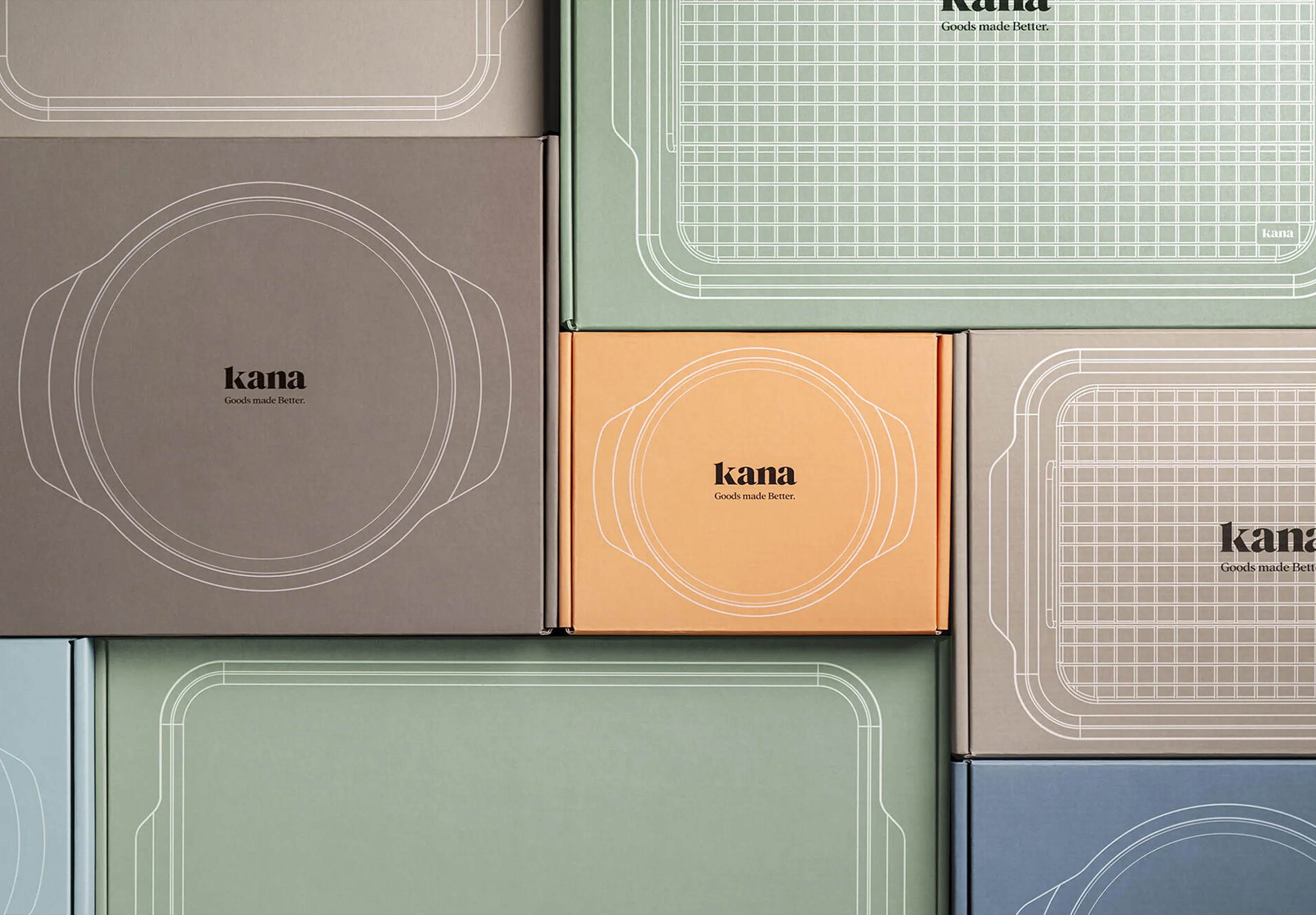Form that follows behaviour
Author Sakshi Seth
Lately, I’ve been thinking about how good form in design often grows directly from performance. The most exciting examples in industrial design right now treat shape as a living response to behaviour. They work because the geometry serves the action.
It may seem obvious, yet many consumer products still start from silhouette or styling. These examples flip that: they begin with performance, and the form becomes inevitable.
Elliptical Ring Handle for Japanese Railways
Although not new, this remains such a strong example of extremely disciplined form-for-function thinking. The Product Design Center team tested multiple cross-sections and discovered that an elliptical ring with a gentle triangular inner geometry supports longer grip, reduces strain and feels natural from every angle. It may be a “tiny” design move, but it creates a clear shift in experience. Here, the most subtle form adjustment – rather than materials or electronics – reshaped comfort in a measurable way. A true classic.
Oakley HyperGrip Temples
Oakley’s HyperGrip temples offer a similar lesson. Stability comes from the geometry of the arms. The design inspiration is particularly fascinating, too – the team studied how frog limbs distribute force across wide surfaces and translated that principle into temple arms that splay subtly during wear. The broader contact area settles the glasses against the head, supports motion, and maintains position through gentle geometry.
Apple x Issey Miyake iPhone Pocket
I love how the iPhone Pocket treats knitted structure as pure industrial design. A continuous yarn becomes a ribbed, expandable lattice that holds its shape, protects the device, and stretches to accommodate extra items. The material behaves like a soft architectural frame. Light, porous, and adaptable. Miyake’s idea of leaving space for interpretation comes through clearly. The pocket changes character depending on use, colour choice, strap length, and what sits inside. Form and function move together.
Tuno Ring-Shaped DJ Controller
Conceived by Chaewon Lee, Tuno is a compact DJ controller designed to integrate music mixing into everyday life – and it achieves that by treating form as pure behaviour. The entire interface grows from studying DJ muscle memory: spinning, sweeping, nudging, scrolling. Each gesture maps onto a 360-degree ring that recreates the physical logic of a deck without any bulk. The circular form supports beat matching, EQ changes and effects control through a single, tactile loop
